Best gaming TVs 2025: ideal companions for the PS5, Xbox and PC put to the test
Our top picks of the best gaming TVs you can buy

For the past few years, thanks to the arrival of the PS5 and Xbox Series X/S, we’ve come to expect a lot from our TVs.
As well as delivering excellent picture quality, many of us now also want them to offer features traditionally reserved for specialist gaming monitors.
These include the ability to play games at higher, more responsive refresh rates, custom HDR standards and with significantly lower latency than they used to, even a few years ago.
On top of that, they still need to look and sound excellent for everyday use, which is a very tall order, especially if you don’t have a lot of cash to invest in your next set.
Here to help make sure you get the right gaming TV for your budget we’ve created this guide detailing the top options we’ve fully reviewed and recommend.
You can learn more about our comprehensive, comparative testing process and how we pick the best gaming TVs here.
The quick list
Here's a quick breakdown of our picks for the best 4K TVs for gaming with a short summary and some of the key features that each offers. Want more details? Click the photo of the TV to drop down to the in-depth entry.
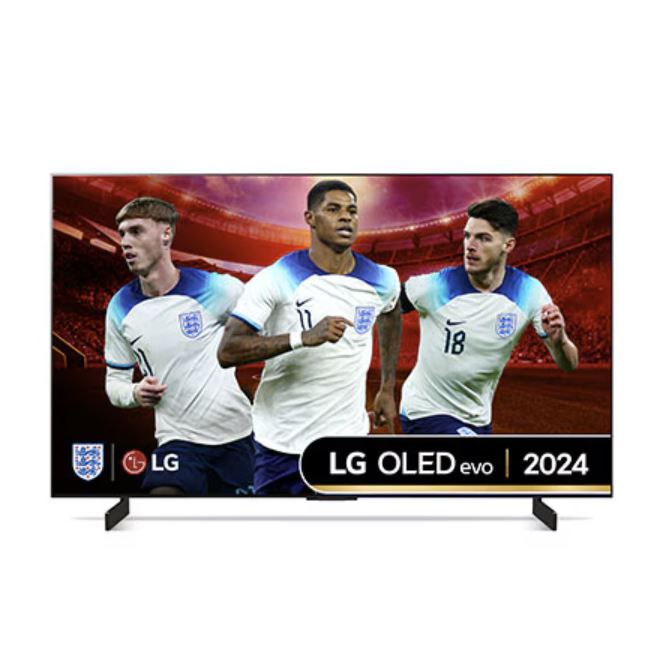
The best gaming TV overall
The 42-inch C4 is a great gaming TV at an ideal size for many people.
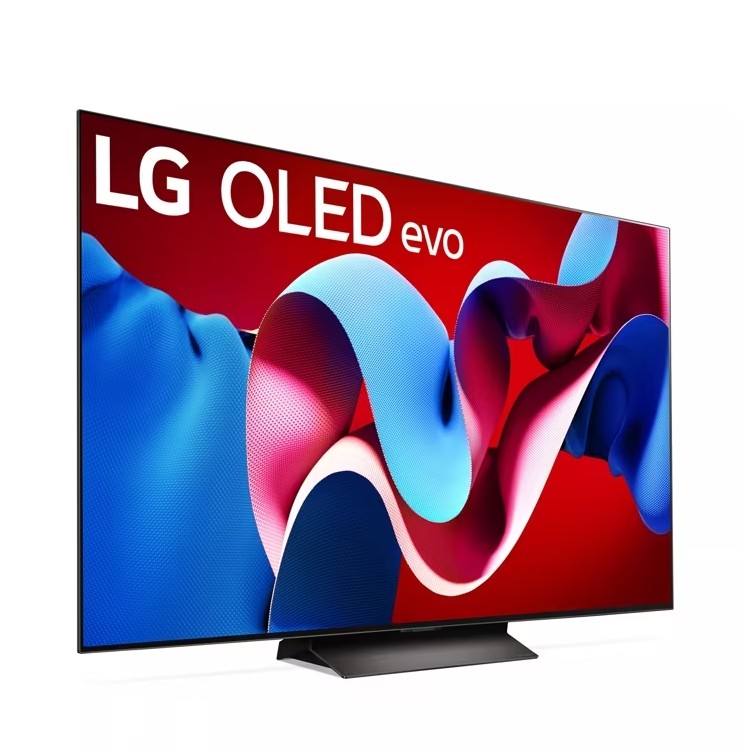
The best large gaming TV
In performance-per-pound terms, there is no better large gaming TV than this 65-inch C4.
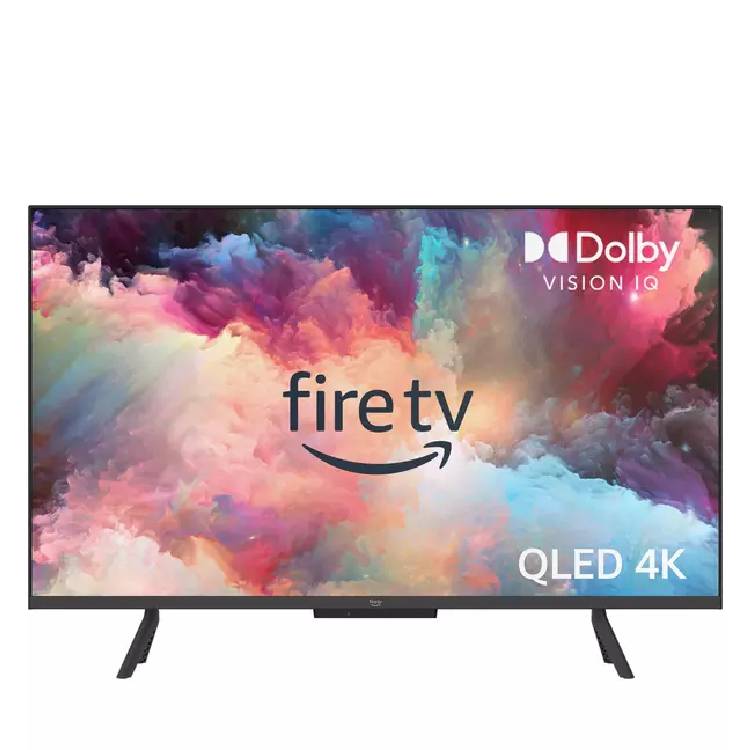
The best cheap gaming TV US
If you're on a strict budget but want a big-screen gaming TV that punches above its weight, this is the best we've tested.
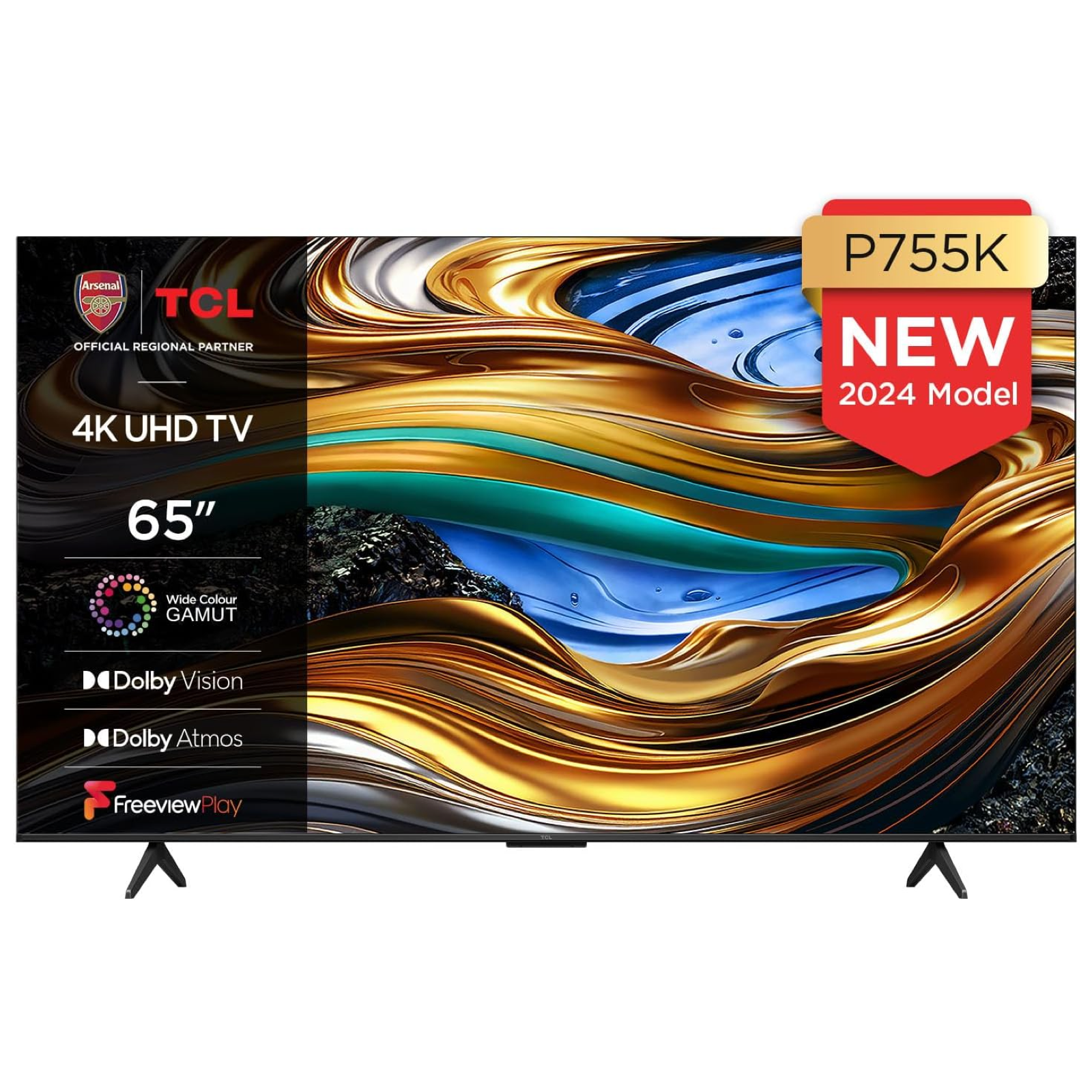
The best cheap gaming TV UK
This incredibly affordable 65-inch TV has a 60Hz refresh rate but still supports several gaming features and has super-low input lag.

The best premium gaming TV
If you want the best performance possible and don't mind paying to get it then the LG G5 is the OLED to get.

The best Sony gaming TV
While you certainly don't need a Sony TV to get the best out of a PS5, this is a cracking TV in its own right, too.
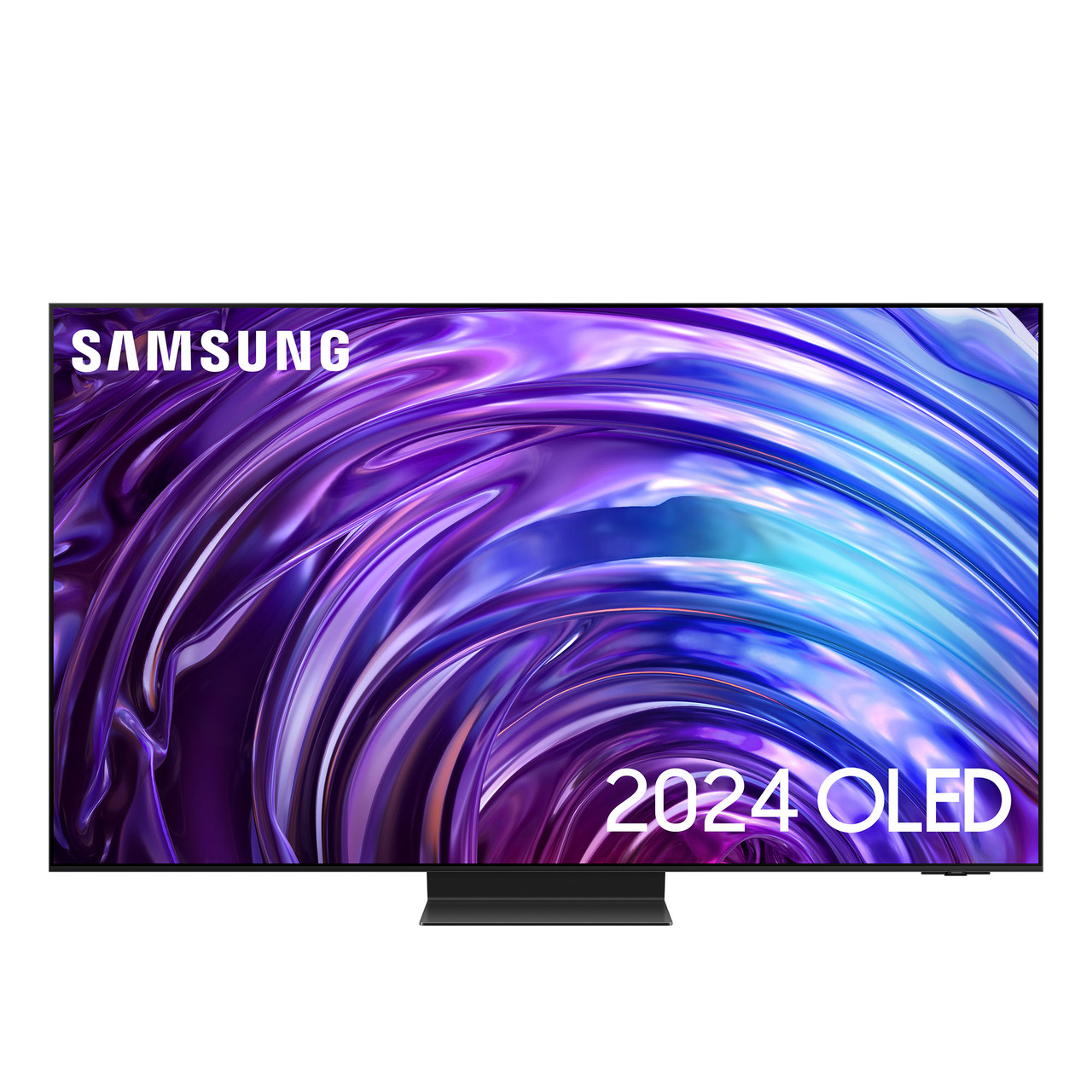
The best Samsung gaming TV
Last year's flagship Samsung 4K QLED is a super-punchy and now great-value OLED alternative for you.
11th March 2025
Removed the TCL C845K due to lack of availability and added the TCL P755K. Also removed the TCL C745K from the 'also consider' section and added the Sony Bravia 9 and LG C5.

I'm What Hi-Fi?'s TV & AV Editor, and I've been an avid gamer since the days of the BBC Micro. Gaming drives many TV technology enhancements and every TV I've ever bought – from a widescreen Sony Trinitron CRT in 2001 to a 32-inch HD-Ready Toshiba flatscreen for the launch of the Xbox 360 and on to my current 4K OLED – has been chosen with gaming in mind. Specs matter for gaming, so I'm looking for a TV that supports 4K/120Hz, VRR and ALLM, and I also expect very low input lag. Just as important, though, is overall picture quality, which needs to be brilliant but balanced, so that it can do justice to both the punchy, colourful games out there but also those grittier modern blockbusters. TVs that tick all of the boxes are rare, but I consider it my mission (or 'quest', if you prefer) to find them.
The best gaming TV overall

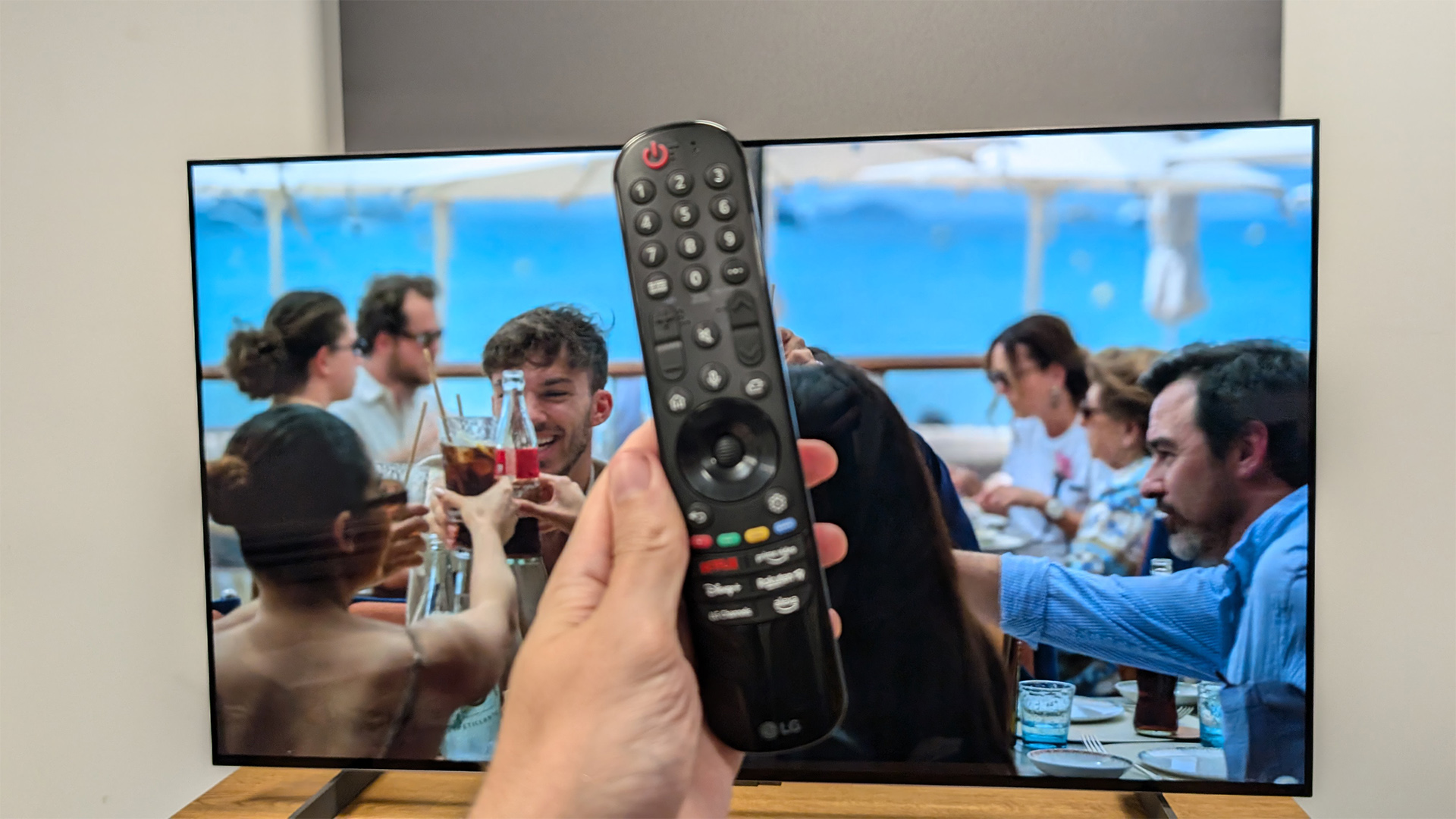



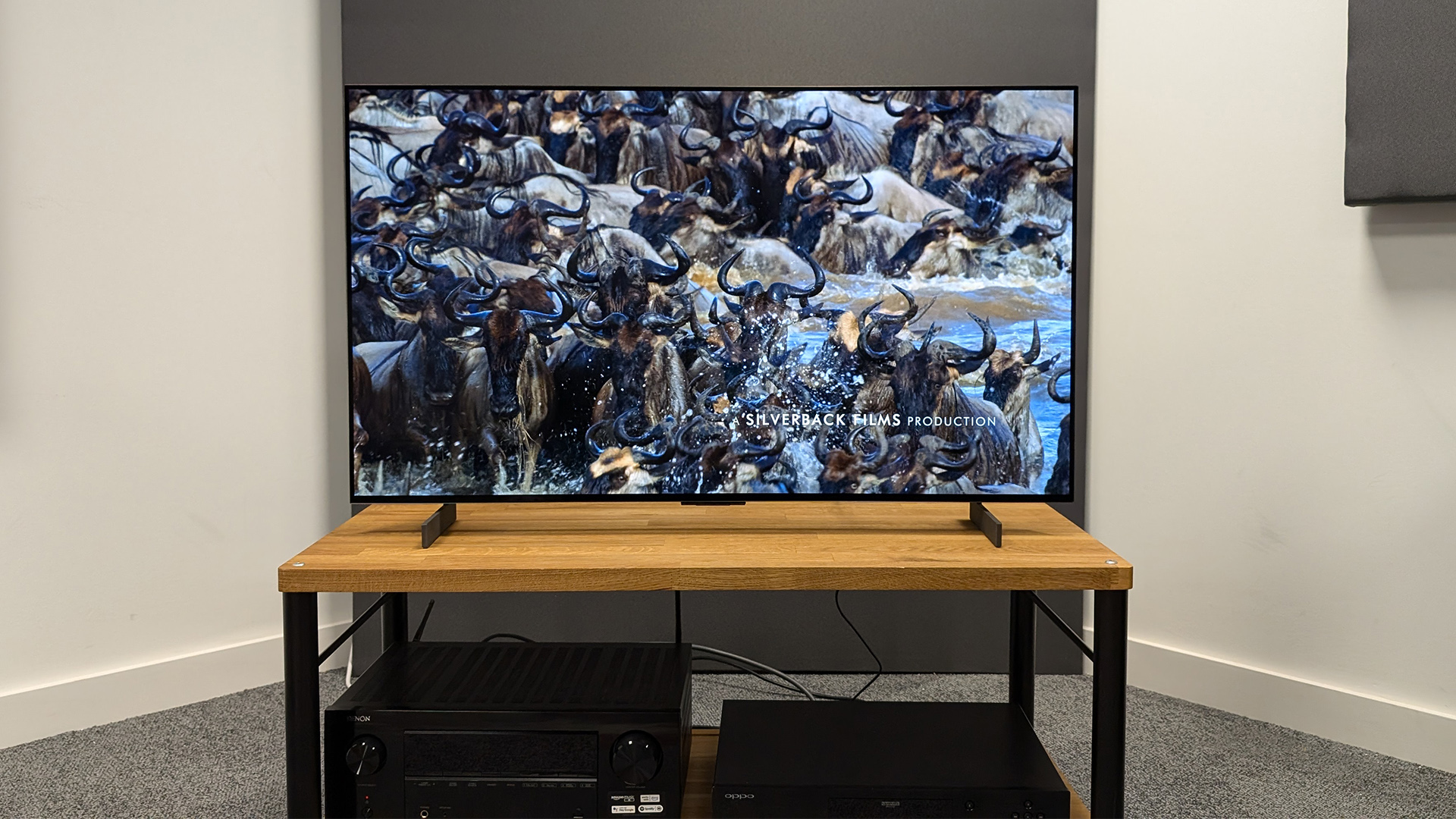
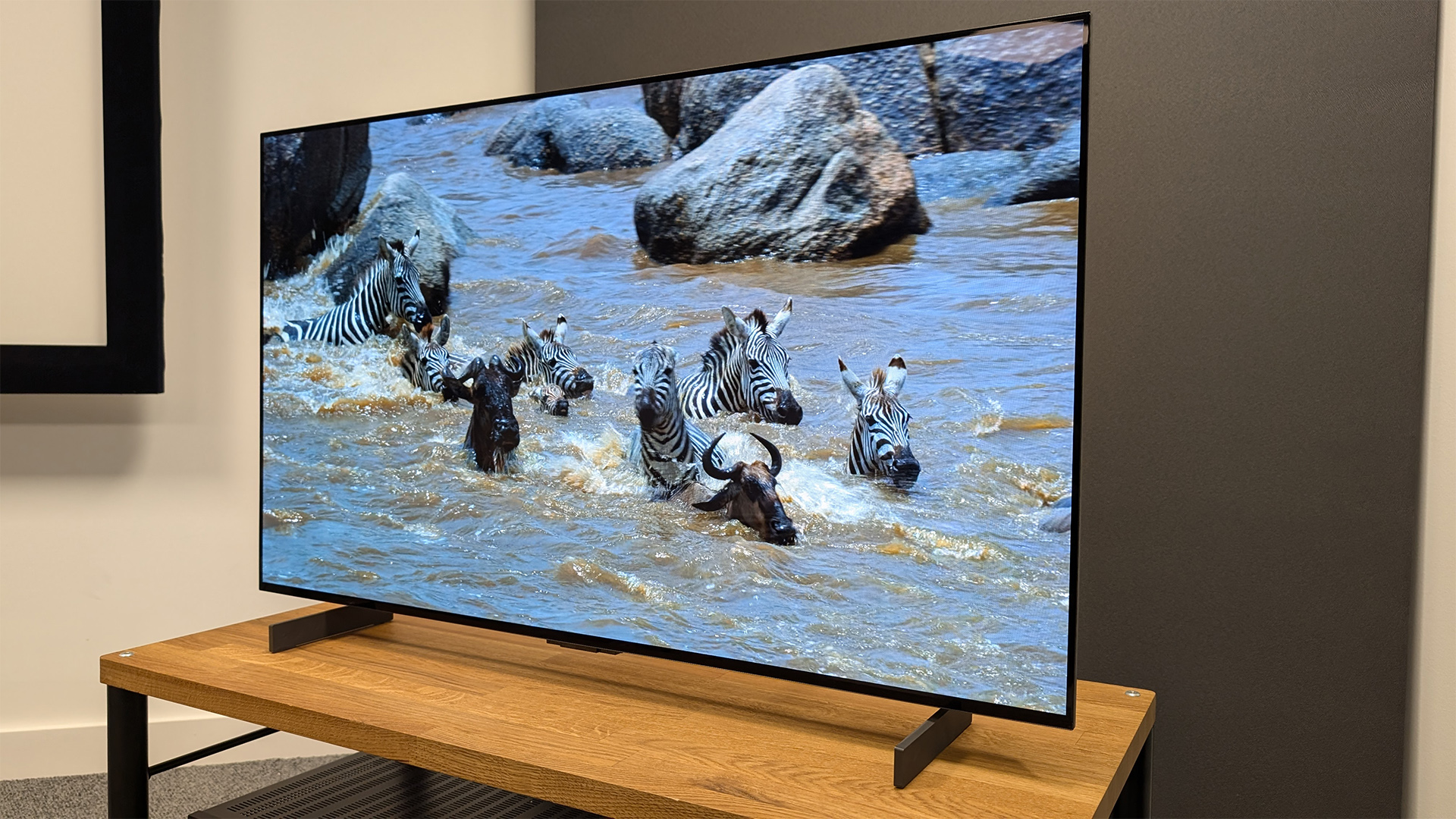


Specifications
Reasons to buy
Reasons to avoid
The LG C4 isn’t the Korean giant’s latest step-down OLED, having been replaced by the C5 earlier this year.
But, thanks to recent price cuts it’s the best option for any gamer right now, especially if you’re judging it by our hallowed performance-per-pound / dollar metric.
Though it doesn’t go quite as bright, or have as good colour volume as its newer sibling, trust us when we say it’s still a fantastic OLED in its own right and perfect choice for gamers for three key reasons.
First is the fact its small form factor means it is just about small enough to double as an actual PC monitor, or to use in your study/bedroom, which is where a lot of us do the majority of our gaming.
The second is its awesome stack of gaming features. There’s four full speed HDMI 2.1 inputs around the TV’s side, all of which will let any modern PC, PS5 or Xbox Series X console run at full speed – the latter being helped by the fact it supports the Dolby Vision Gaming HDR, which many sets don’t.
By comparison, most OLED TVs only have two HDMI 2.1 sockets, one of which doubles as an eARC, which leads to a lot of cable swapping if you have two consoles and a Dolby Atmos soundbar to connect.
Variable refresh rates and ALLM (auto low latency mode) are also on the cards and let the TV go up to a staggering 4K/144Hz – a fact appreciated by our editor who is a diehard PC gamer with a rig powerful enough to take advantage of the feature.
As a final perk, webOS supports all the common gaming streaming apps, including GeForce Now and SteamLink, which both ran smoothly during our checks thanks in no small part to the C4’s advanced Alpha 9 Gen 7 processor.
But, third, and most important, the 42-inch LG C4 still delivers stellar picture quality, both for gaming and movies. Testing the C4 we found it is a huge step up on its predecessor, the LG C3. Whether it was the moody, dim dystopian cityscape of Blade Runner 2049 or the bright apocalyptic desert of Mad Max: Fury Road, the 42-inch C4 delivered a dynamic, but accurate picture that left us utterly enthralled.
Hence our reviewers’ conclusion: “The 42-inch LG C4 is the best small OLED TV money can buy right now.”
The only downside is that, like nearly all the sets in this list, you will want to invest in a soundbar as the speakers are very weak, even by inbuilt TV standards – anything with even a sniff of low-end heft drove them to distortion during our checks.
One final thing to consider is the impending availability of the new LG C5, which will also be available as a 42-inch model. We haven't yet tested this version, but we don't expect it to be a huge step forward over the C4 for gaming and it will be much more expensive at launch, so we expect to continue recommending this C4 for a little while longer.
Read the full LG OLED42C4 review
Attributes | Notes | Rating |
|---|---|---|
Picture | Sharp, solid and detailed without exaggeration | ★★★★★ |
Sound | Weak, even by small TV standards | ★★★☆☆ |
Features | Great app selection and flawless gaming specs | ★★★★★ |
Best large gaming TV
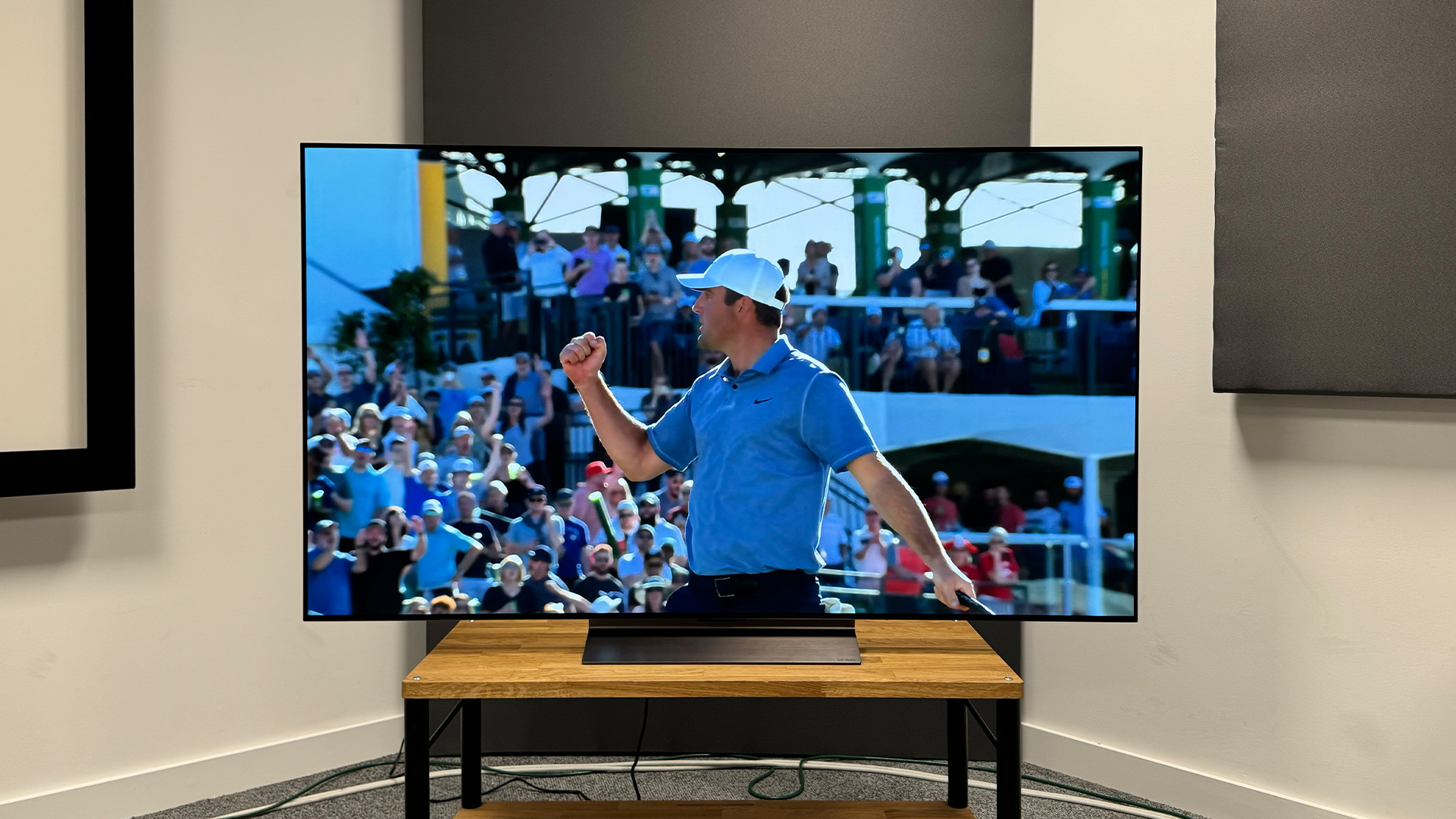
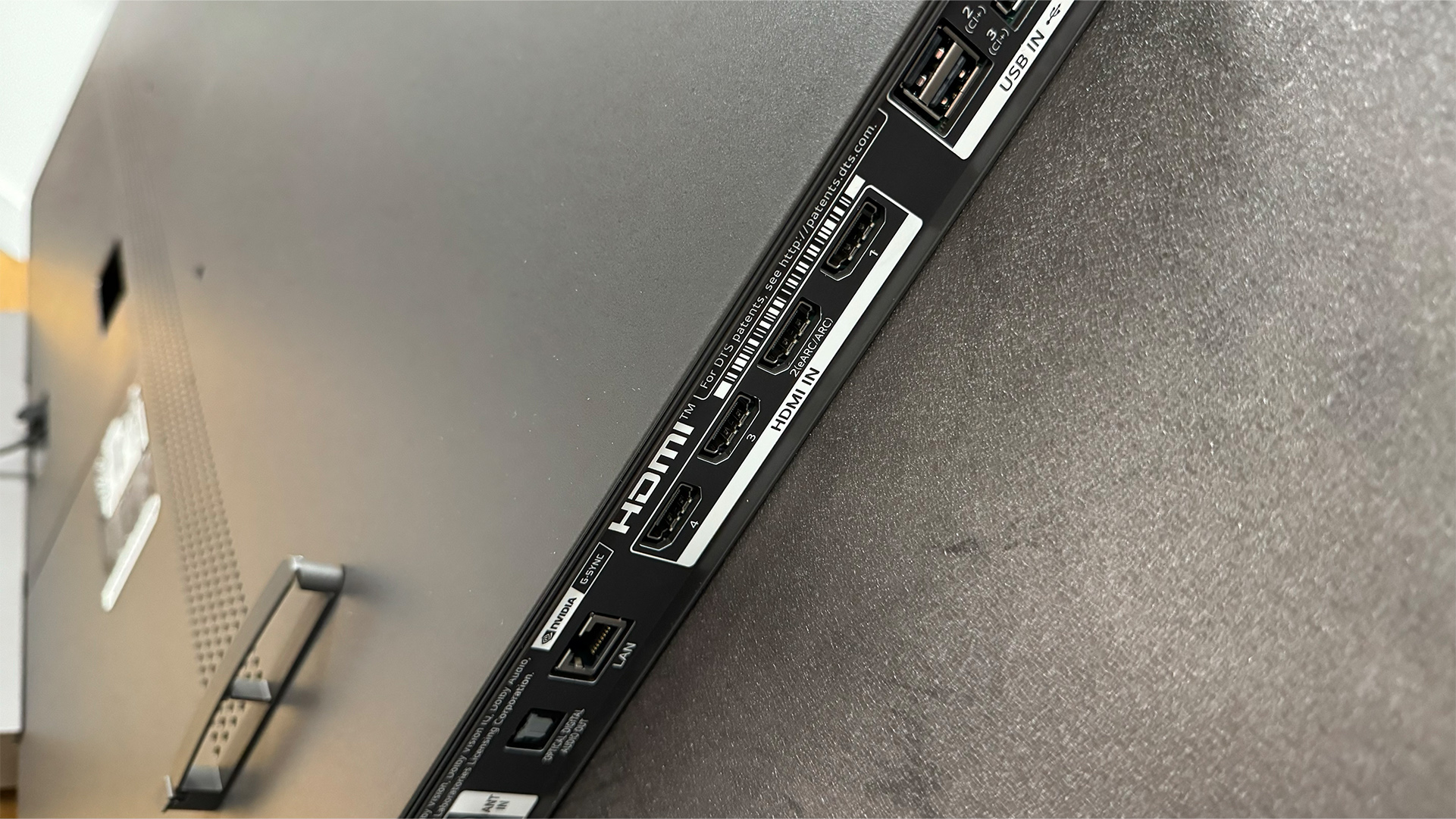

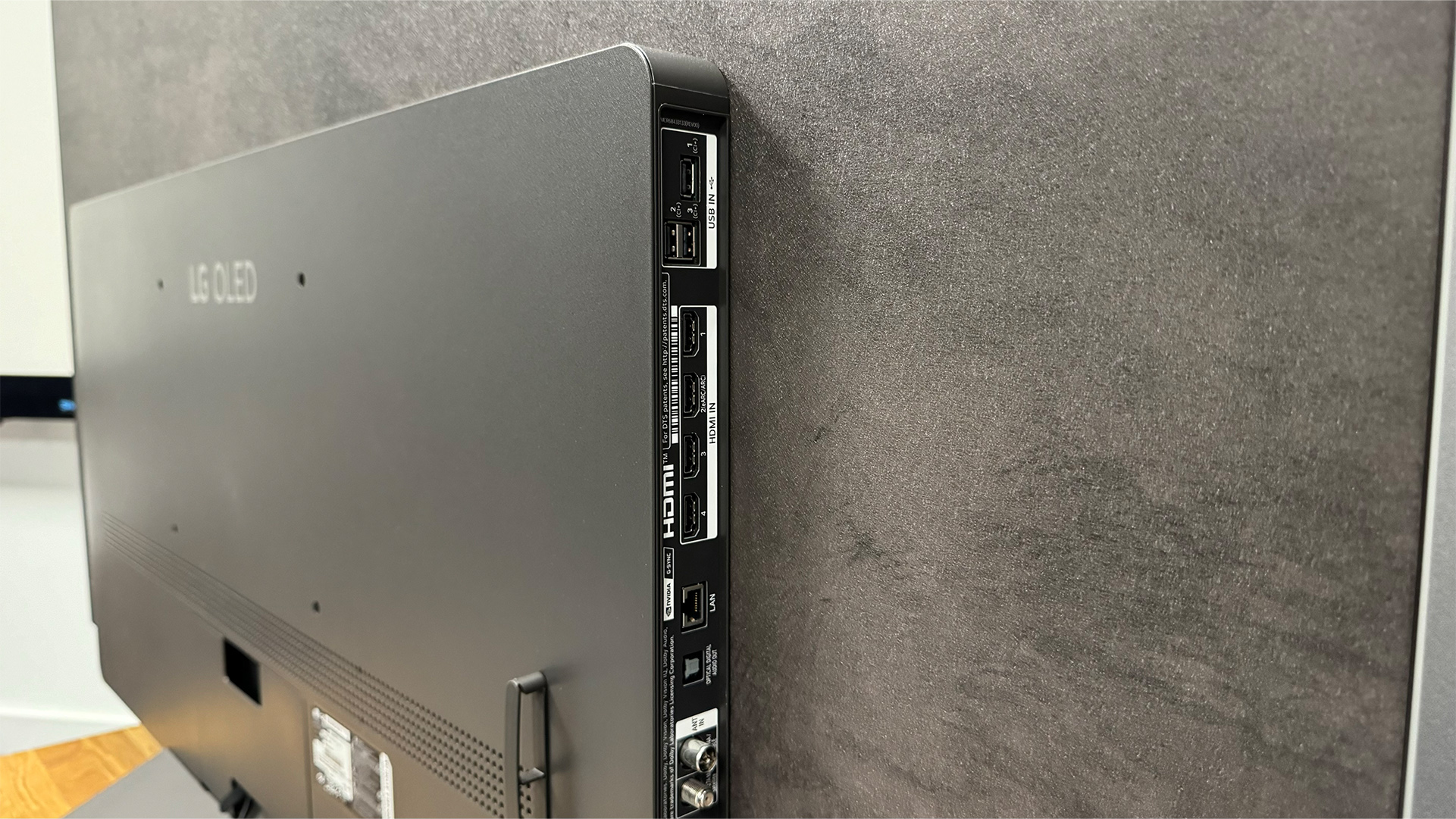
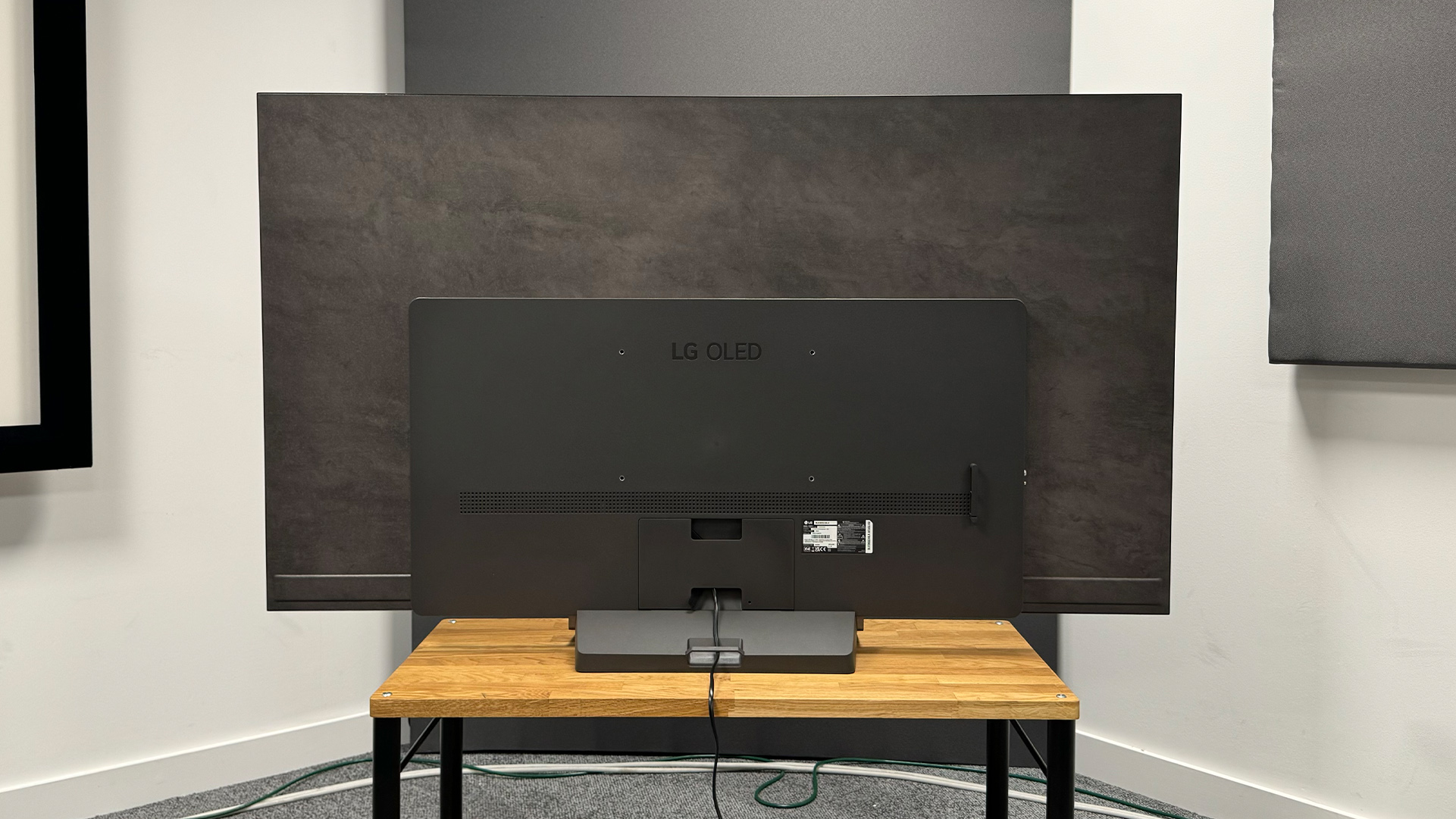

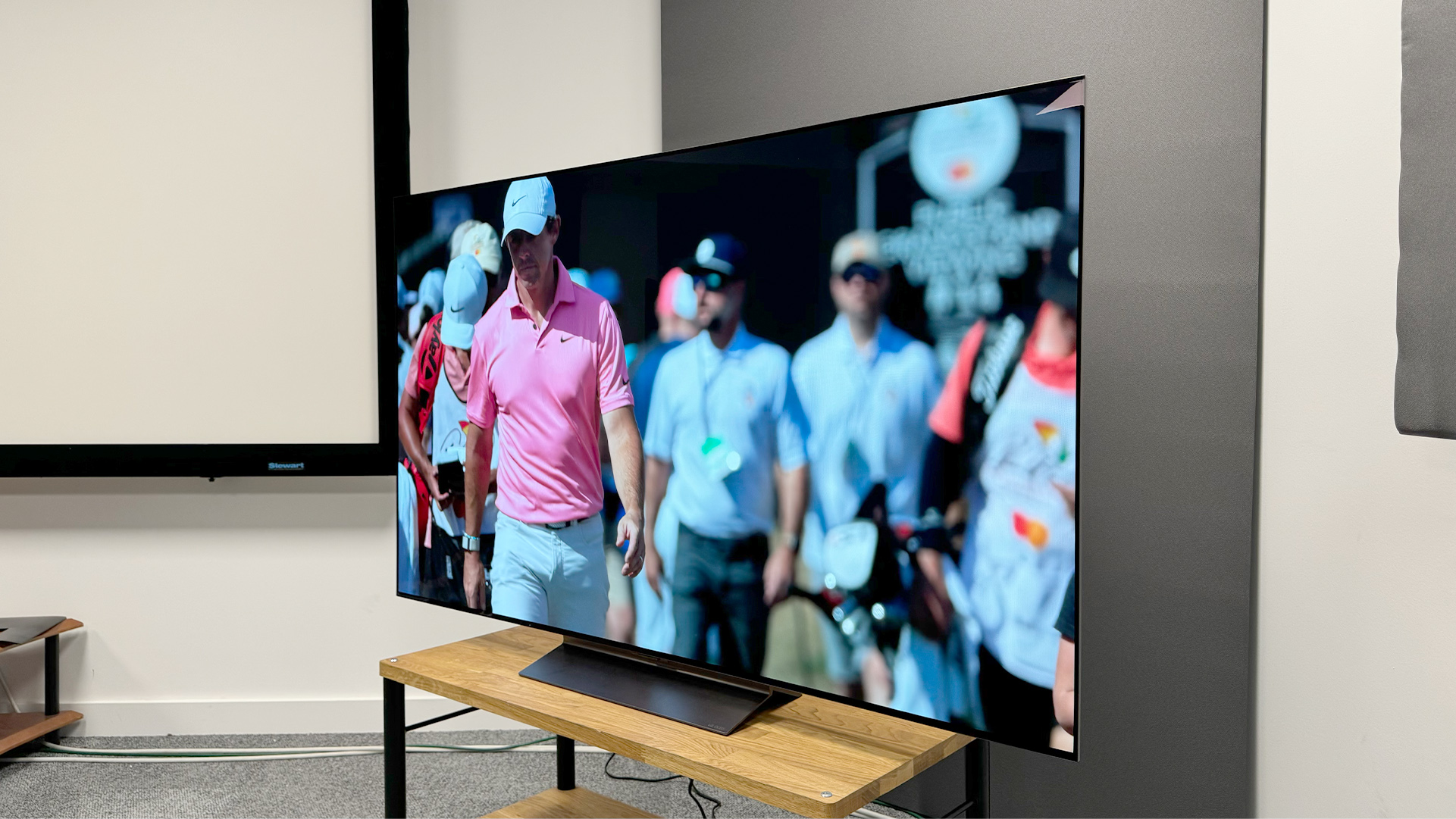
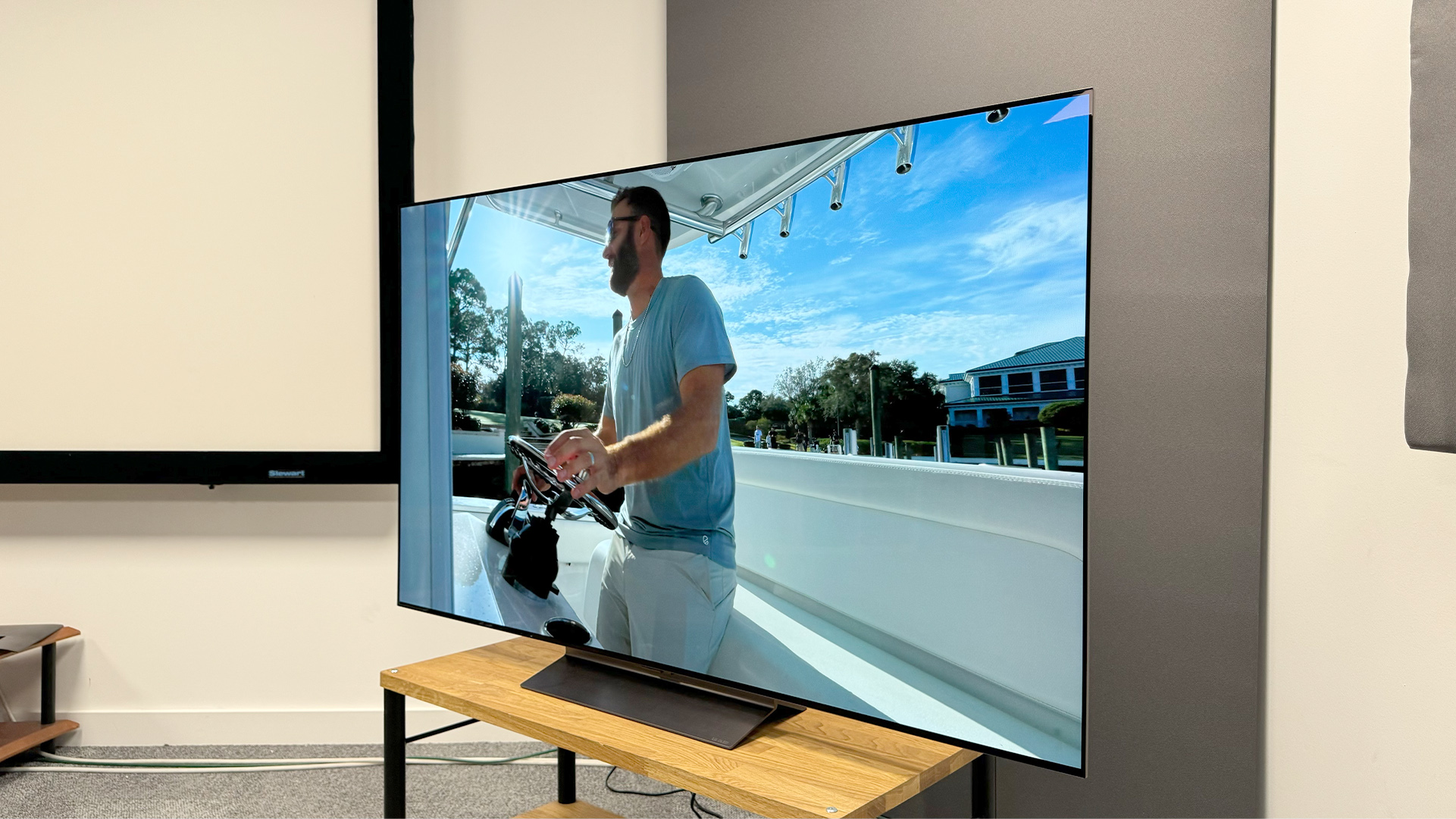
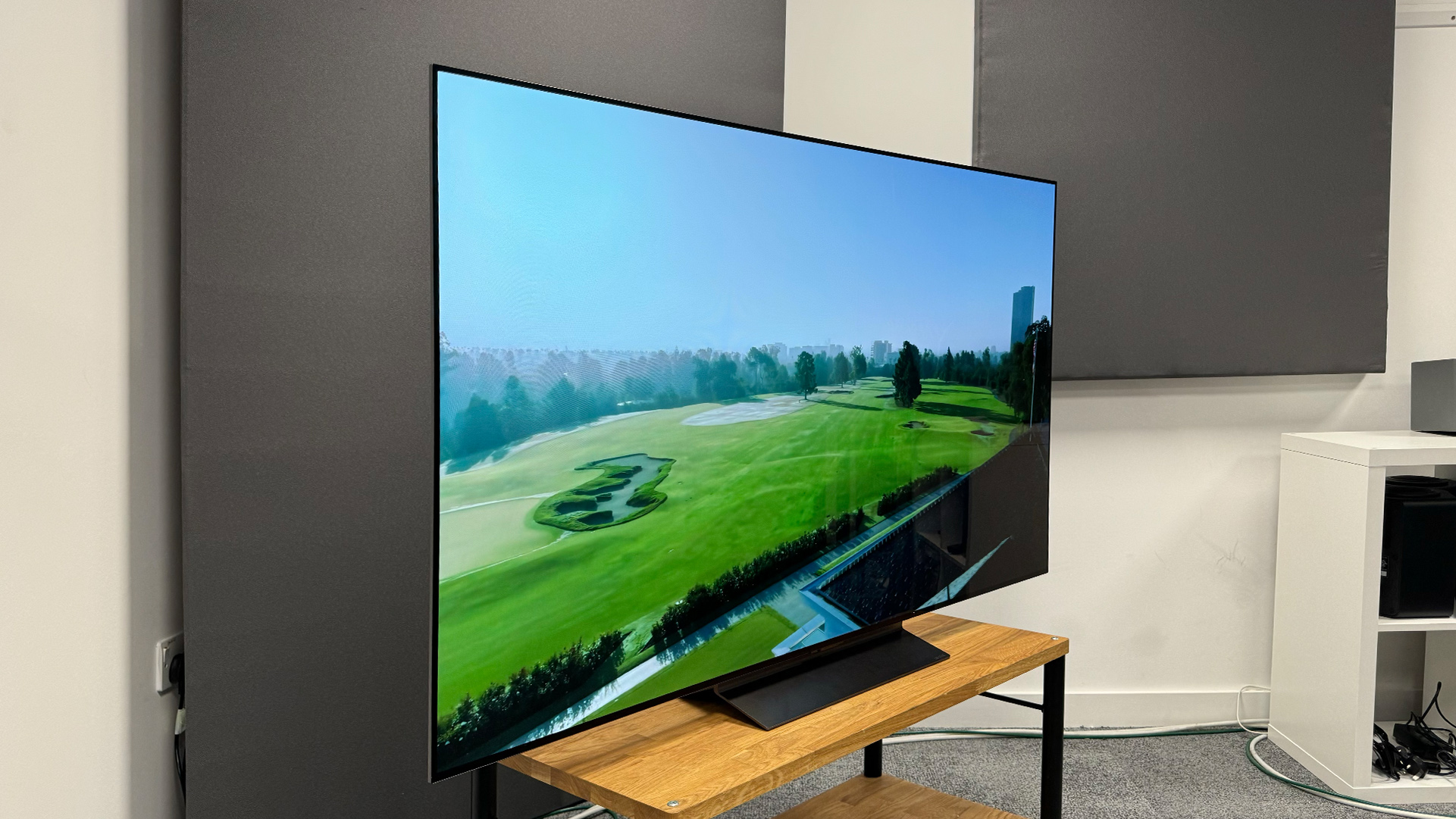
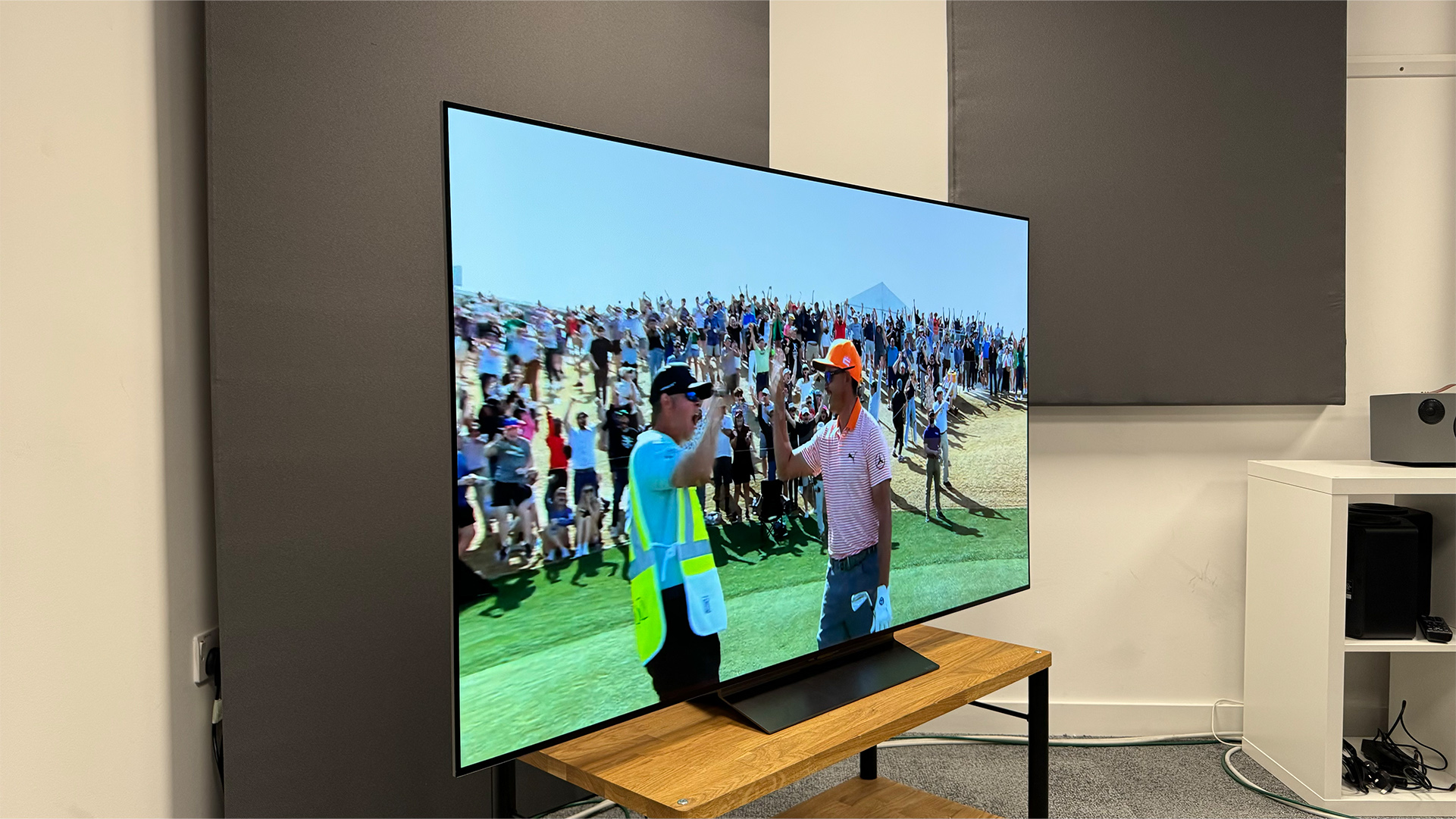


Specifications
Reasons to buy
Reasons to avoid
If you’re after something a bit bigger, then the 65-inch LG C4 is the TV to get. The TV shares all the same core DNA that makes the 42-inch model great. Four HDMI 2.1 inputs capable of 4K/144Hz are included, making it easy to get multiple current generation consoles, a PC and Dolby Atmos soundbar up and running at full power with no cable swapping required.
Speaking of PC compatibility, there’s the same 144Hz max refresh rate which, combined with its ALLM and VRR features, will let it play games at an incredibly high number of frames per second, creating a wonderfully smooth and reactive experience, based on our checks.
WebOS24 and the same Alpha 9 Gen 7 processor are also on board and let you easily run gaming feature apps including GeForce Now and SteamLink with zero issue.
And on top of all that, though its size means it has a lower pixel density than the 42-inch model, during our side by side checks we found the larger C4 offers improved picture quality in a few key areas.
Colours, particularly during dark scenes, feel slightly warmer, and the TV offers slightly better light control giving the image more three dimensionality. This small difference was particularly noticeable on horror titles and military online shooters, where the two factors gave a slightly elevated sense of realism.
Our reviewers’ conclusion says it all:
“The C4 is a surprisingly large upgrade on the uncharacteristically dull C3 of last year. Big improvements to brightness and sharpness make for an image with lots of pop and dynamism, and the rich tone and vibrant colours are a delight – but LG has tempered all of this with realism, consistency and authenticity.”
The only reason it’s not top of this list is that, due to the location most people play games and the lower price, we feel the 42-inch is slightly better for gamers from a performance-per-pound/dollar perspective.
We have now tested this TV's replacement, the LG C5, and it's undeniably the better TV. However, the C5 is currently vastly more expensive than the C4, which is why the older model remains our recommendation for the time being.
Read the full LG OLED65C4 review
Attributes | Notes | Rating |
|---|---|---|
Picture | Punchy, but accurate | ★★★★★ |
Sound | Weaker than we'd like | ★★★☆☆ |
Features | Flawless gaming specs | ★★★★★ |
Best cheap gaming TV US

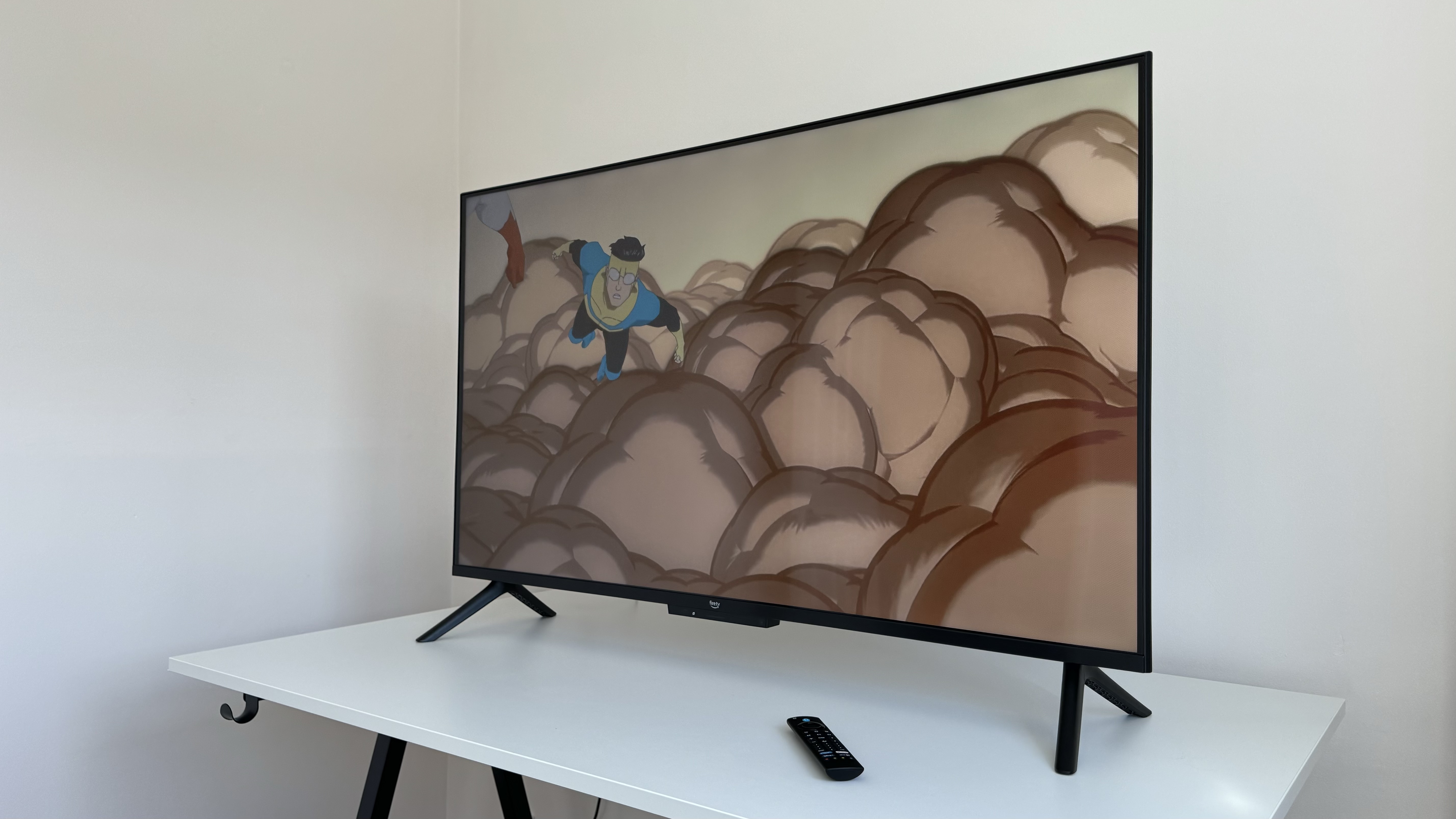


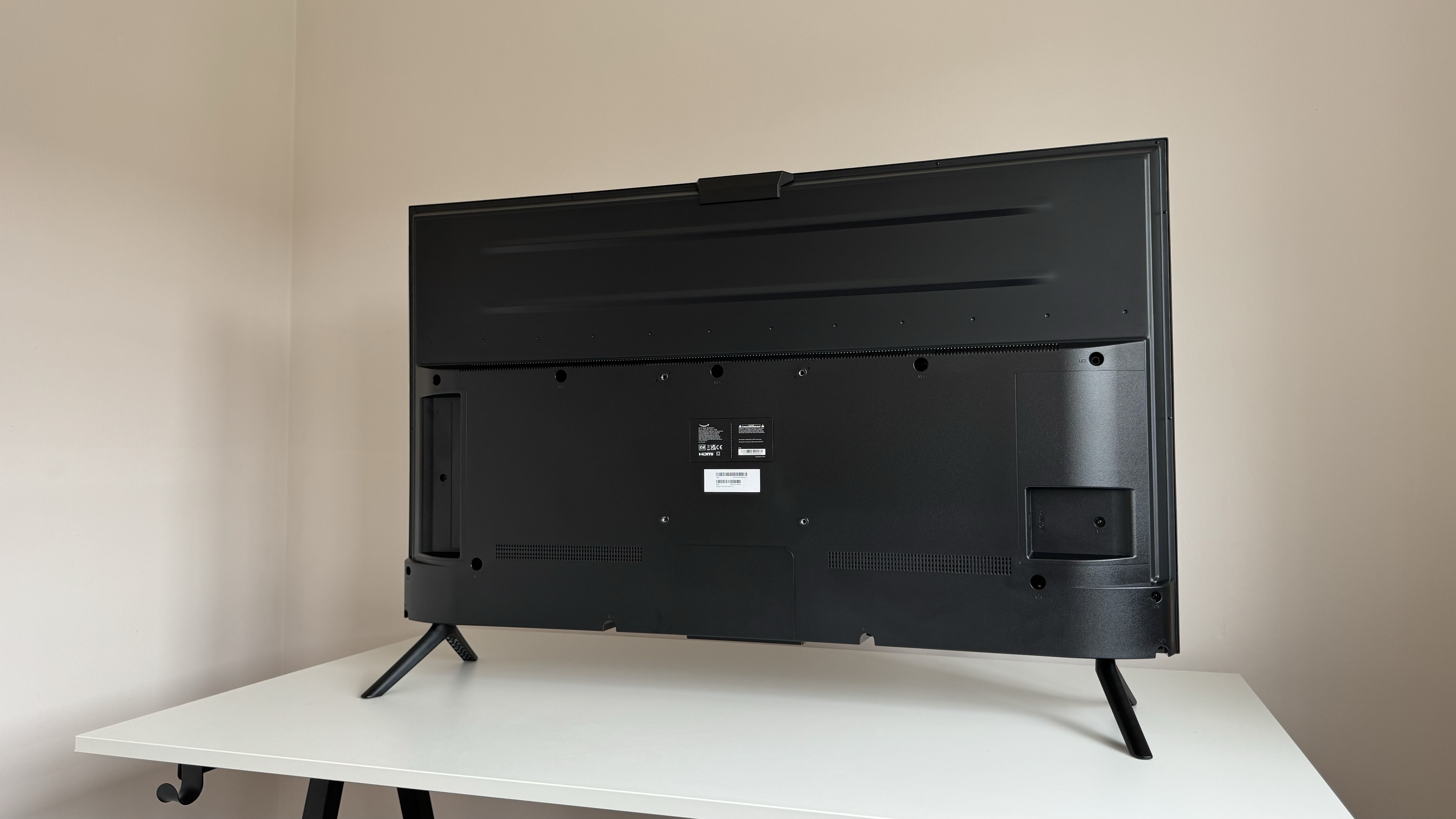
Specifications
Reasons to buy
Reasons to avoid
The 65-inch Amazon Fire TV Omni QLED is the best gaming TV on a budget we've tested that's currently available in the US, where the TCL below is unfortunately not available. Though it's missing the ability to play games in 4K/120Hz, considering the amount of screen real estate and its otherwise competitive feature set it's still a strong value option for any PS5 or Xbox Series X/S owner.
For gamers, outside of its price, the big selling point of the Omni QLED is its support for ALLM and VRR, and its dedicated Dolby Vision game mode. ALLM aside, these aren't features we see at this price very often. The 11ms of input lag that we measured also makes it incredibly responsive compared to many of the other gaming TVs on a budget that we've tested at this level.
If that isn't enough to tempt you, it also offers generally decent picture quality considering its price. There's a slight lack of detail in darker areas, and motion can occasionally be a bit smeary, but whether it was Rogue One in Dolby Vision or Blade Runner 2049 in HDR10, the TV offered best-in-class performance for its price. This is why our testers concluded:
"It’s telling that members of our test team, who are spoiled on a daily basis by the latest OLED TVs, agreed that they would be happy to have the Omni QLED at home. There aren’t many TVs at this price that they would say that about."
Read the full Amazon Fire TV Omni QLED review
Attributes | Notes | Rating |
|---|---|---|
Picture | Reliable, though black levels aren't perfect | ★★★★☆ |
Sound | Adequete but you'll need a soundbar | ★★★★☆ |
Features | The best you'll find this price | ★★★★☆ |
Best cheap gaming TV UK
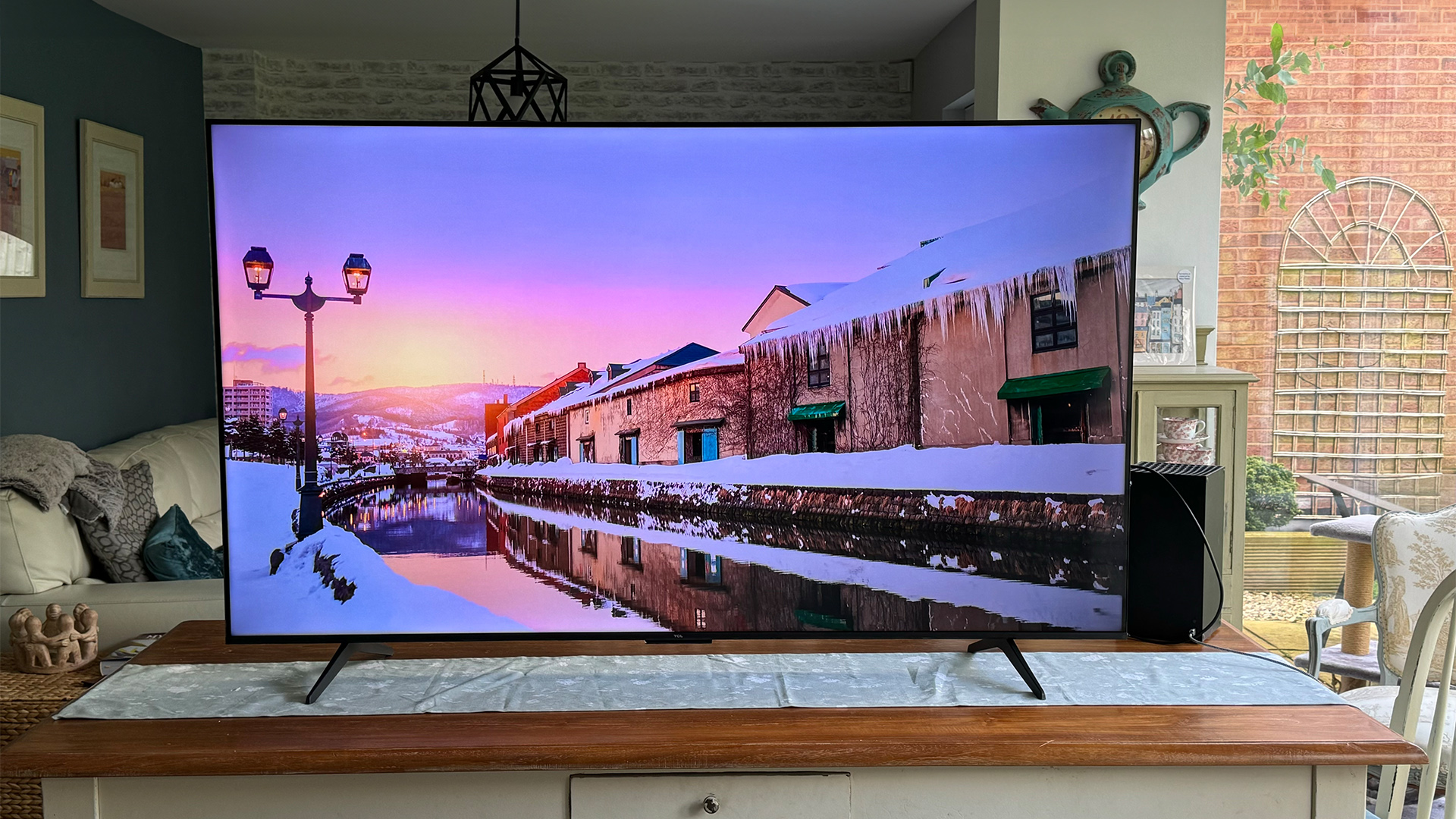





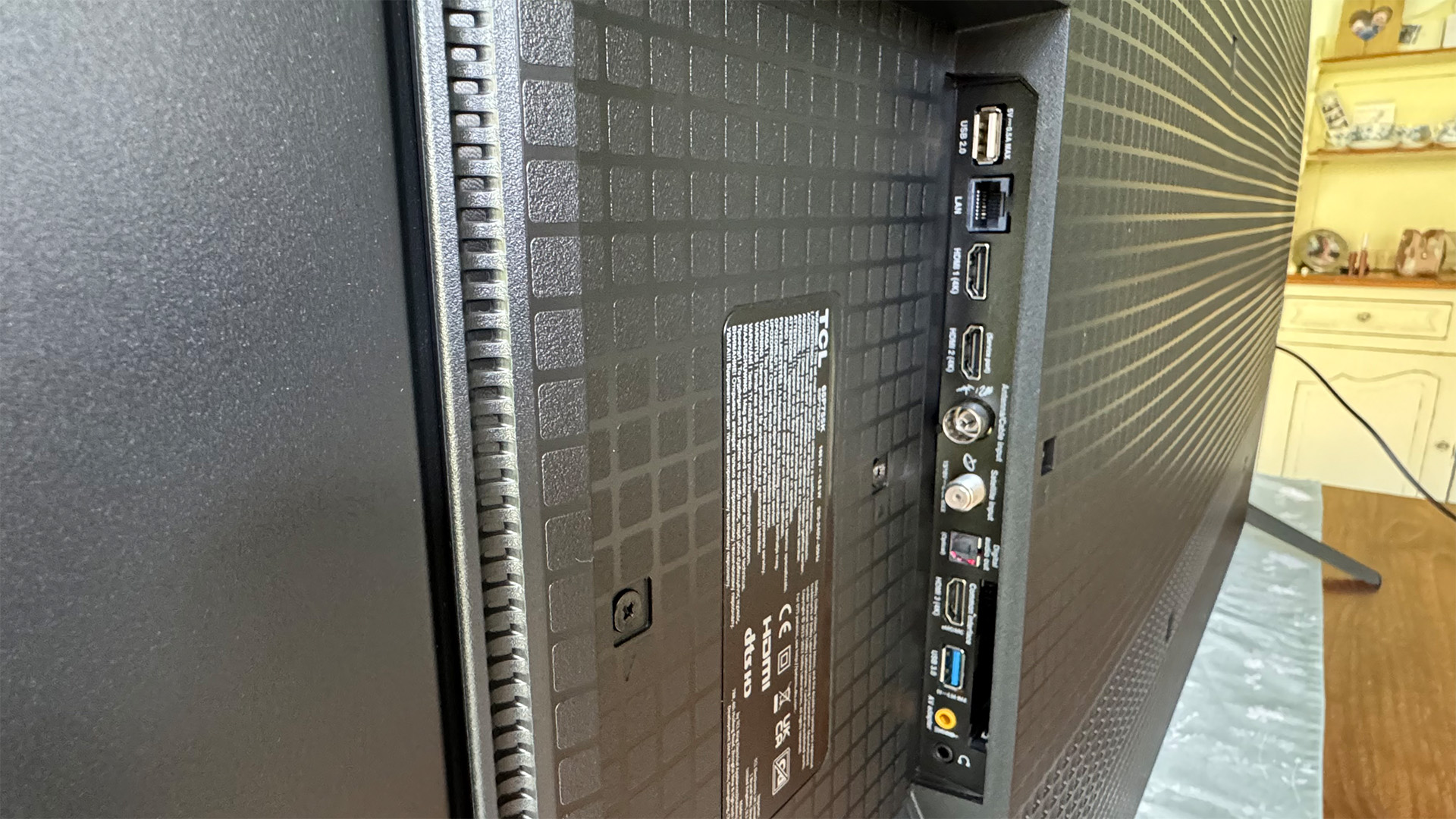
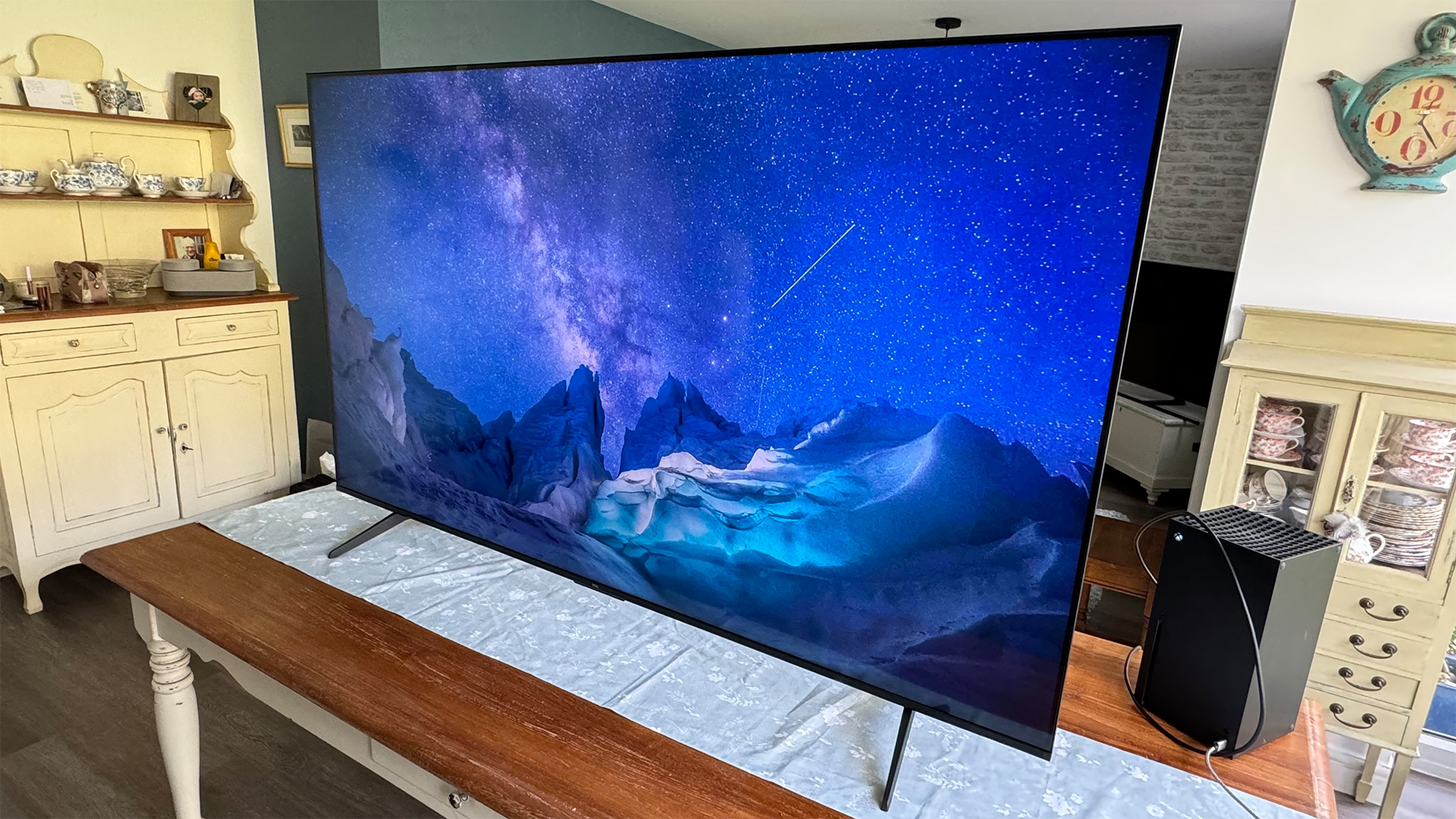

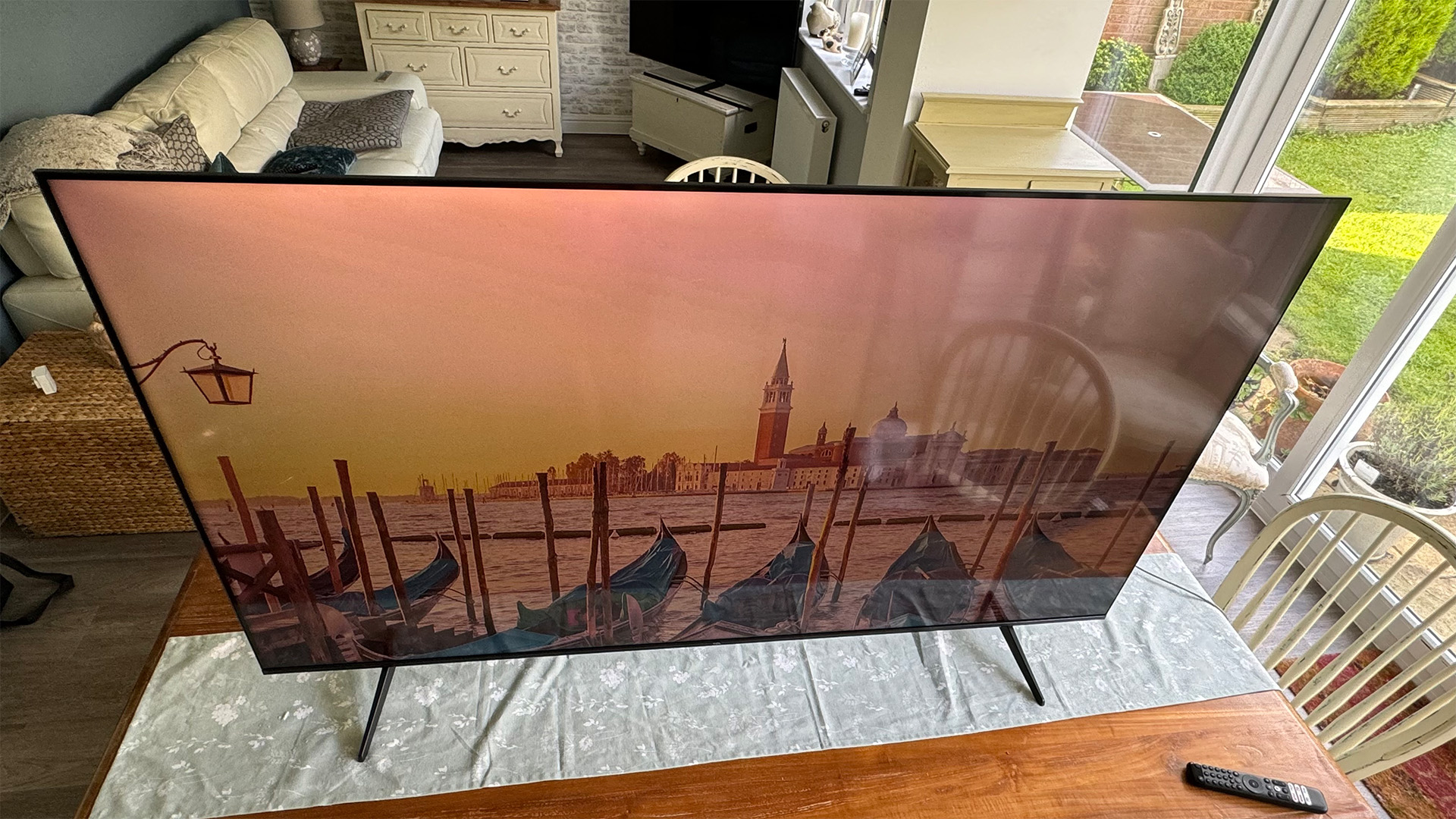
Specifications
Reasons to buy
Reasons to avoid
Under £500 for a 65-inch TV of any kind is pretty remarkable these days, let alone one with decent gaming chops – yet that's exactly what we have here in the form of the TCL P755K.
The panel technology is fairly limited, as you would expect at the price. This is a standard LCD TV rather than a QLED, and while it does have a Direct LED backlight, there's no local dimming.
Despite all of that, the P755K puts in a very likeable picture performance considering the price. Colours are a particular highlight, with a surprising amount of vibrancy tempered by realism and balance. 4K content is delivered with plenty of sharpness and detail, too, and while the set doesn't go particularly bright, there's still a tangible benefit to playing HDR content.
Speaking of which, the P755K supports all four flavours of HDR: HLG, HDR10, HDR10+ and Dolby Vision.
Our only issues in terms of picture quality are that low-light scenes tend to look a bit grey and that motion with 24fps content (that's most movies and many TV shows) look a bit soft. Considering the price of the TV, though, we're not too upset by those flaws.
As for gaming, which is of course what you're here for, the TCL is surprisingly accomplished. While the panel has a native refresh rate of 60Hz, the TV can support 120Hz gaming through its Game Accelerator feature, which reduces resolution (to 1440p in the case of our Xbox Series X testing) in favour of responsiveness. It works well if your priority is being competitive online. Even at 60Hz, the P755K has an input lag of just 9.7ms.
The TV also supports VRR, ALLM and gaming in Dolby Vision, and there's a dedicated Game Bar menu system for quickly accessing lots of gaming-specific features, such as an onscreen target reticle, a shadow enhancement feature for raising the brightness of dark picture areas to make it easier to spot lurking enemies, and a choice of game genre presets.
One final thing to bear in mind when considering the TCL P755K is the sound quality, which is passable but little more. We heartily recommend adding a soundbar if you do much listening 'out loud' – though this won't be an issue if you always game while wearing a headset.
Read the full TCL 65P755K review
Attributes | Notes | Rating |
|---|---|---|
Picture | Some minor motion and black issues but a broadly balanced and likeable picture | ★★★★☆ |
Sound | Clear and relatively spacious, but limited in terms of volume and bass | ★★★☆☆ |
Features | VRR, ALLM, Dolby Vision gaming and a Game Bar menu, and 120Hz is supported despite the 60 Hz panel | ★★★★☆ |
Best premium gaming TV

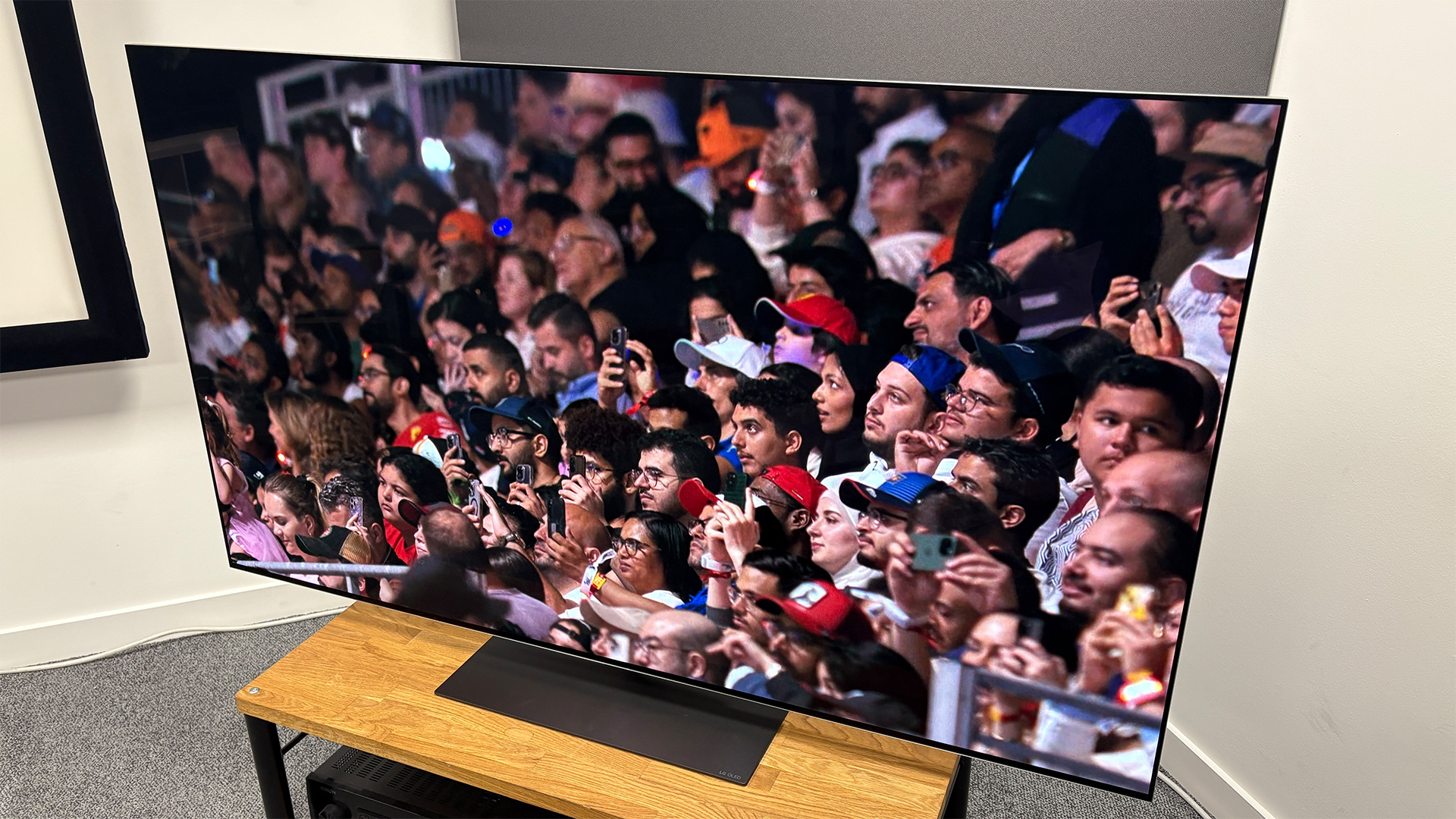
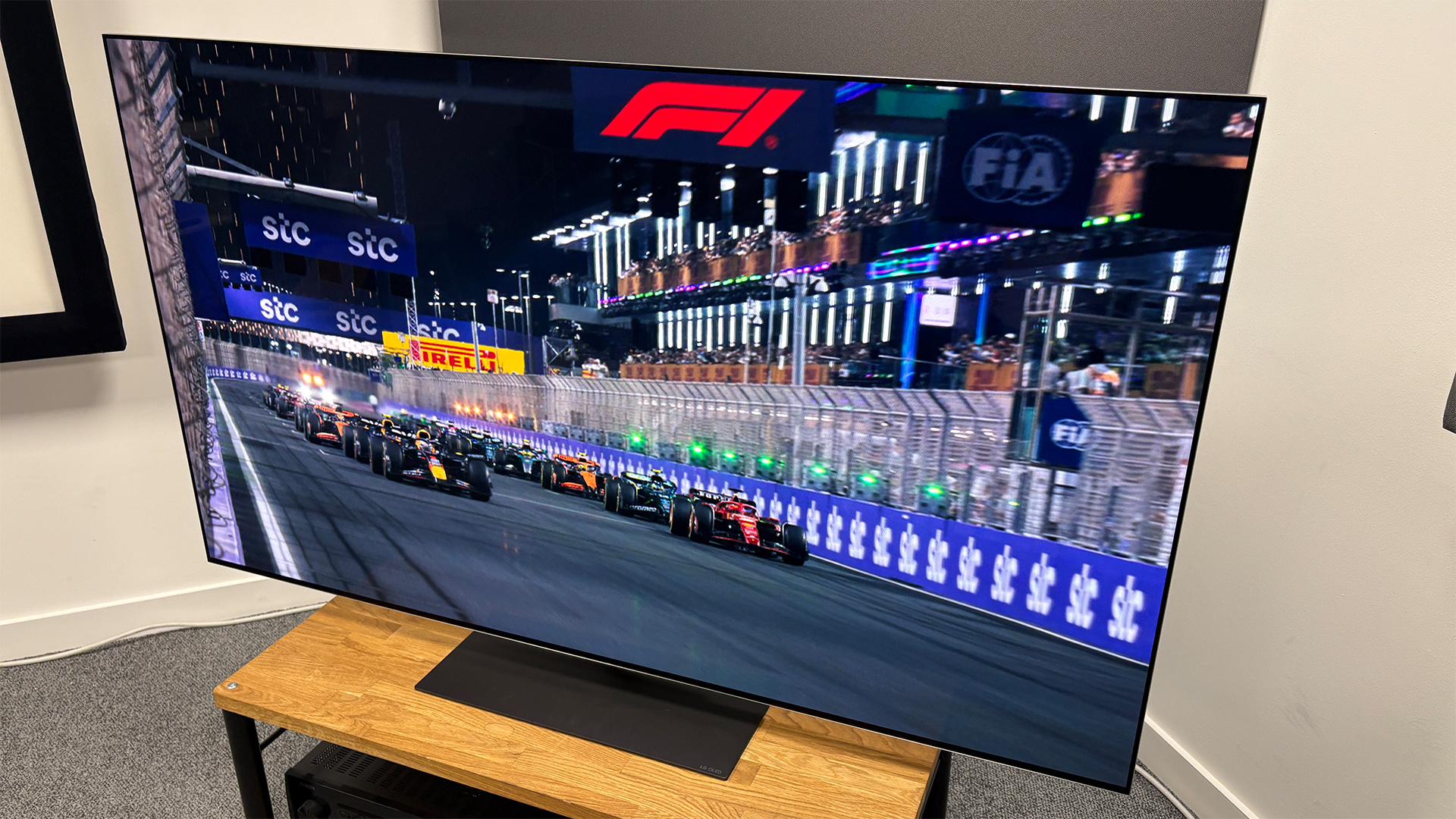
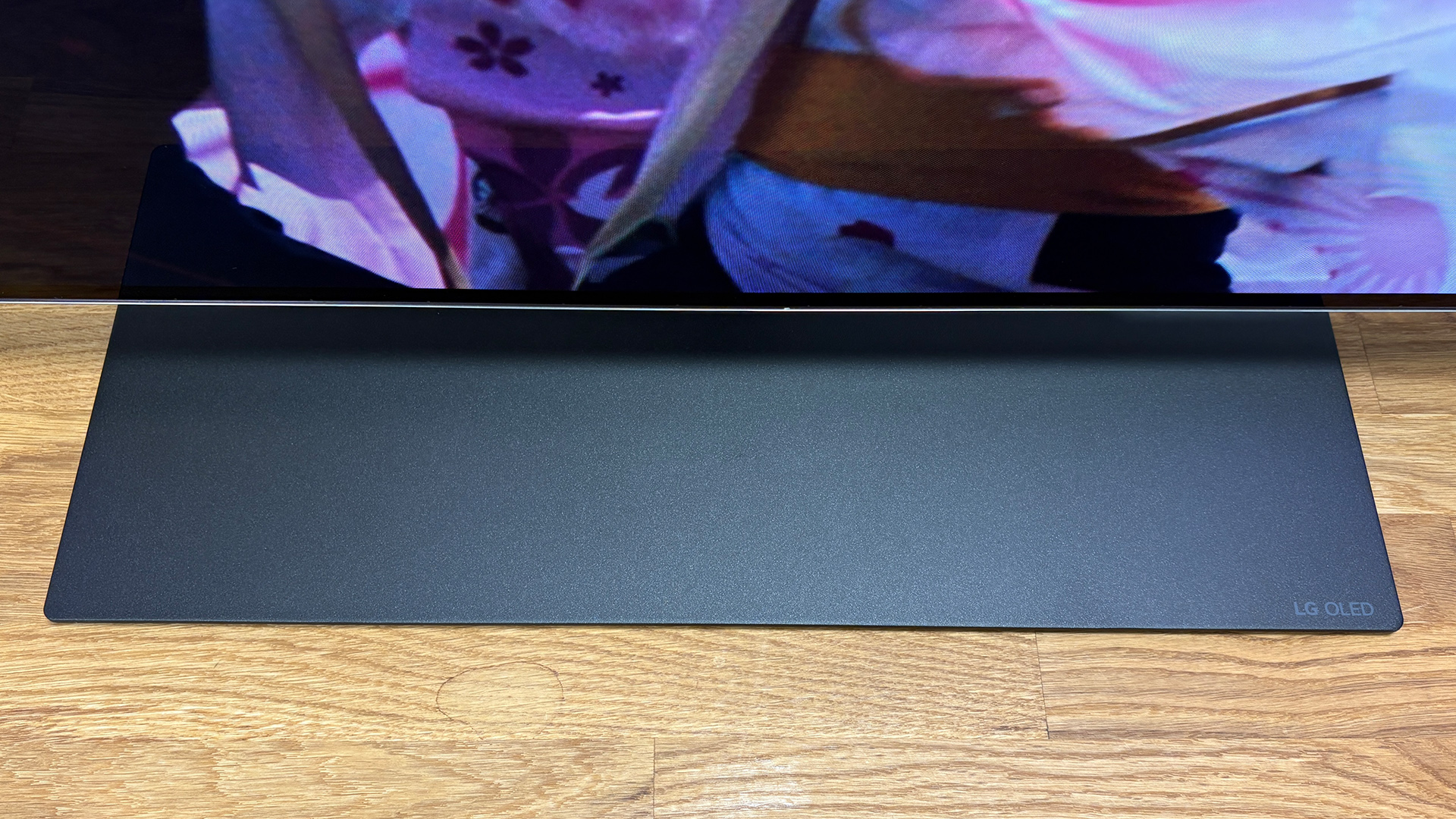
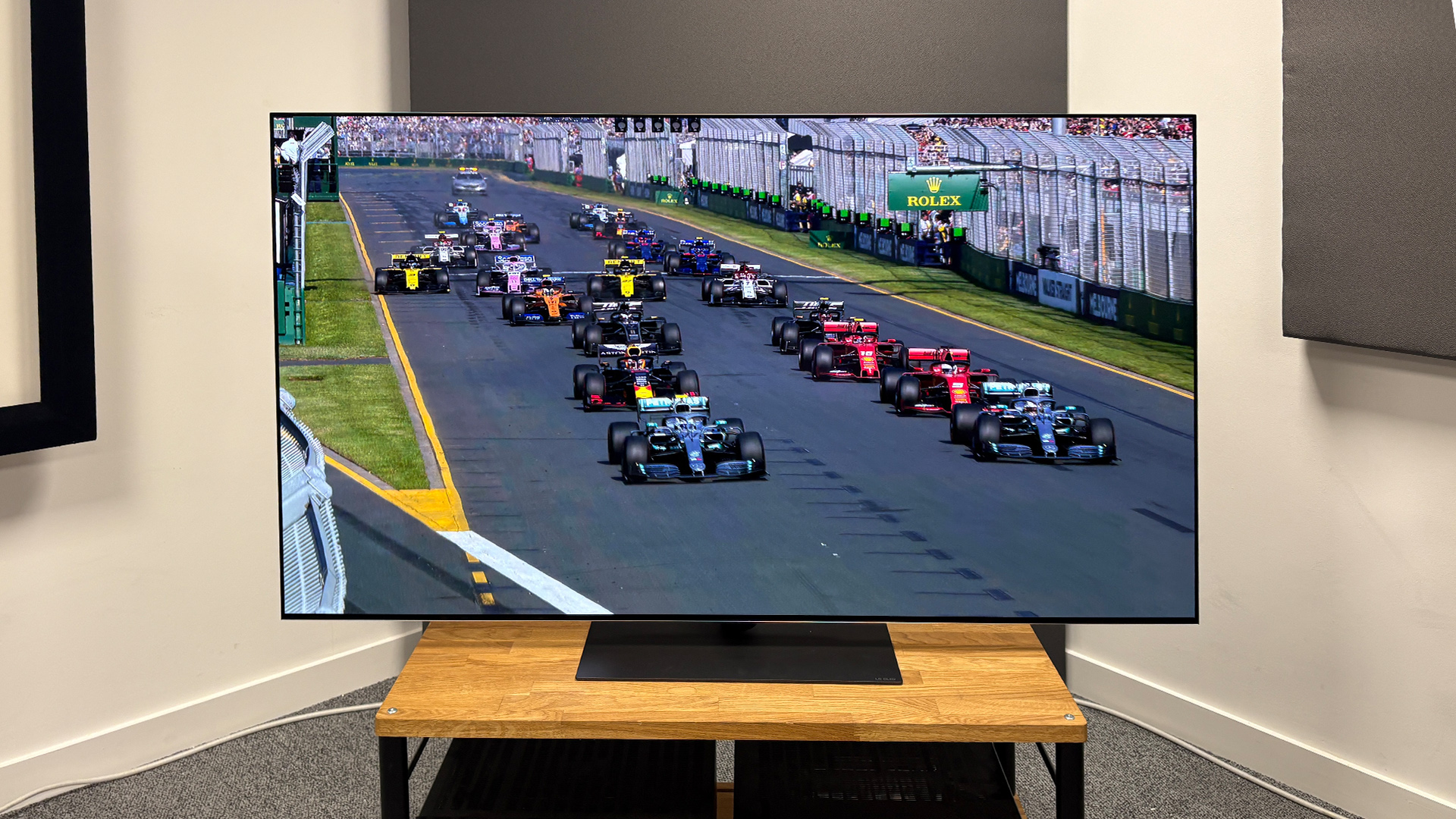
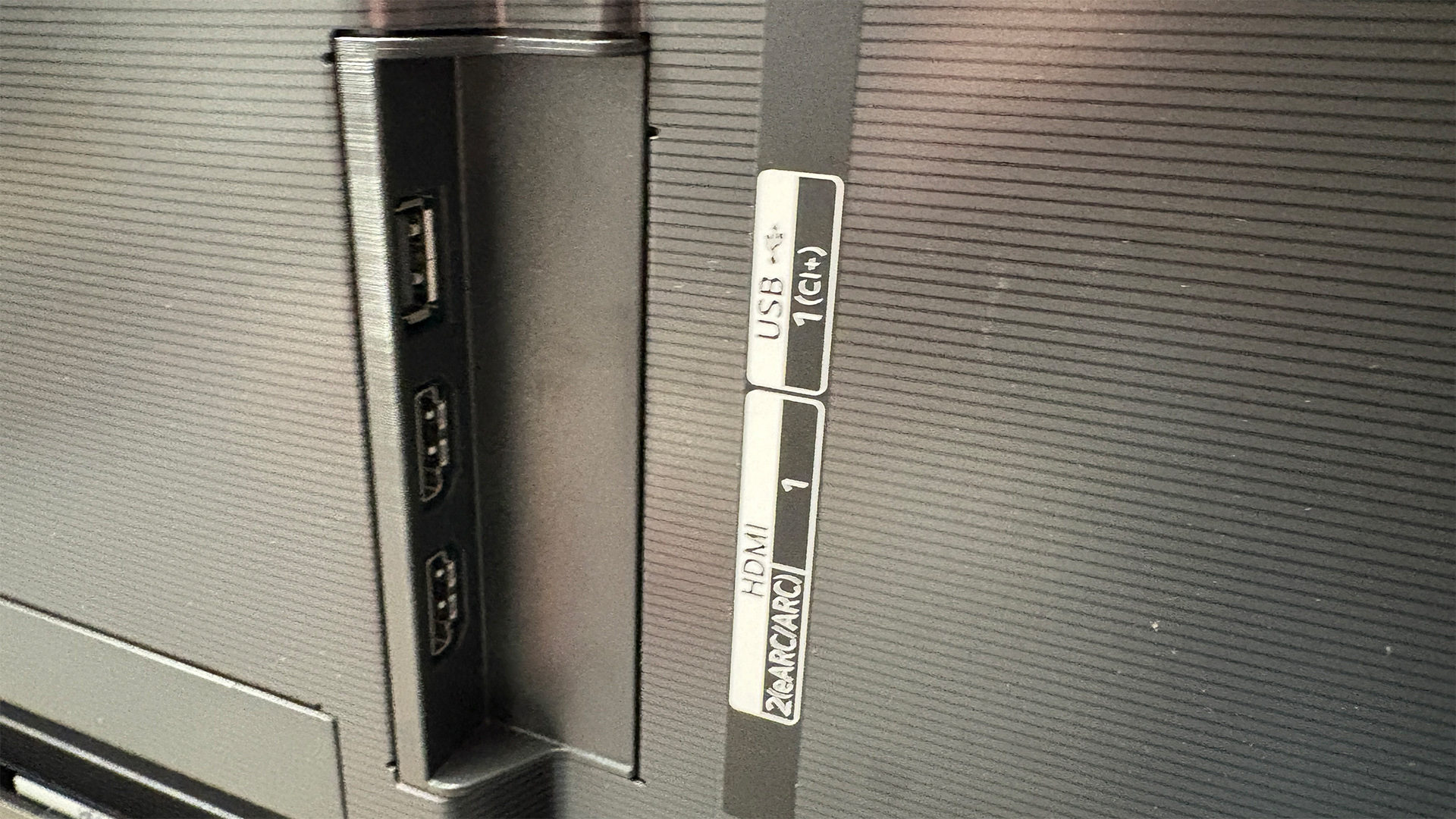
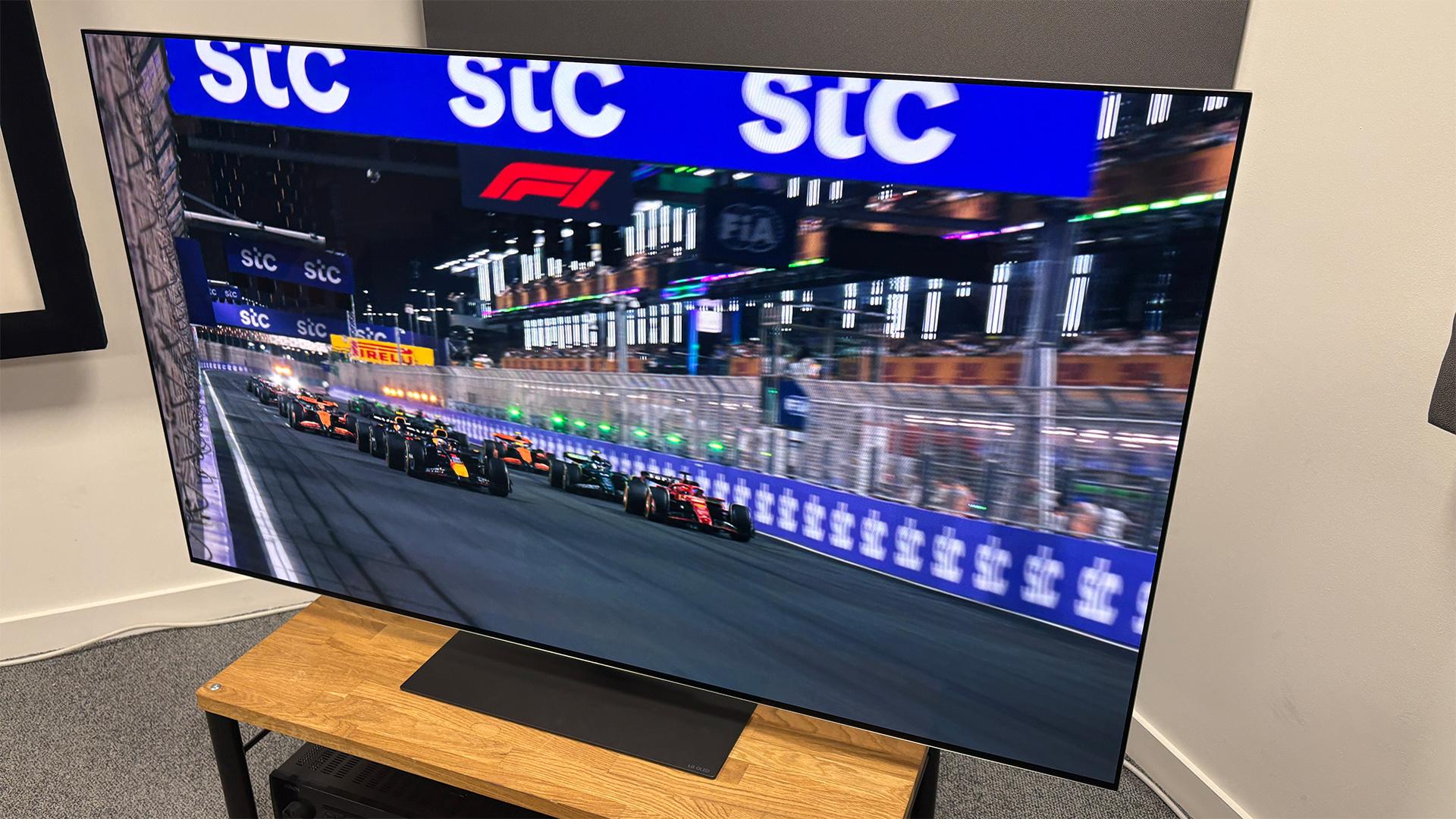
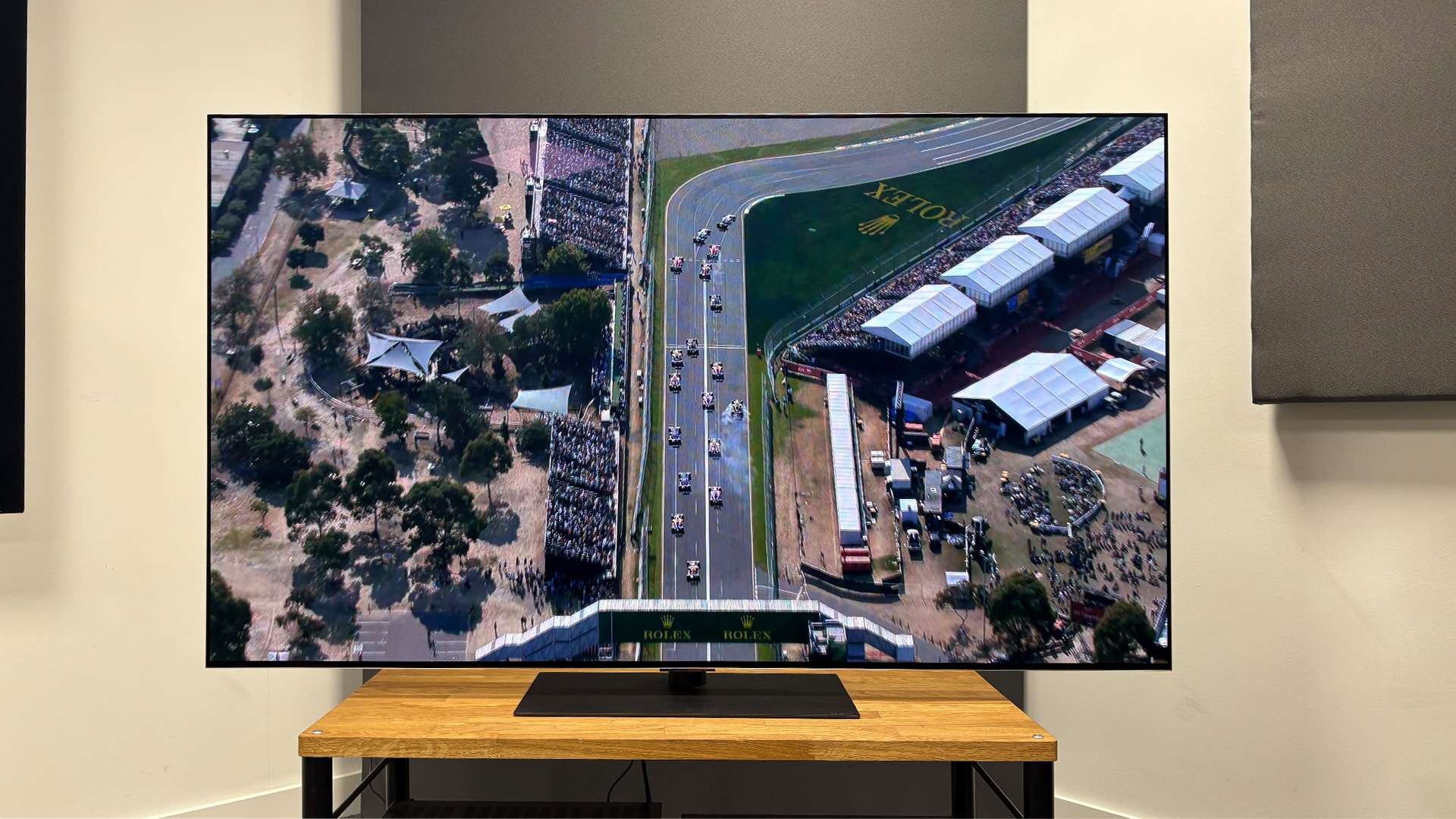
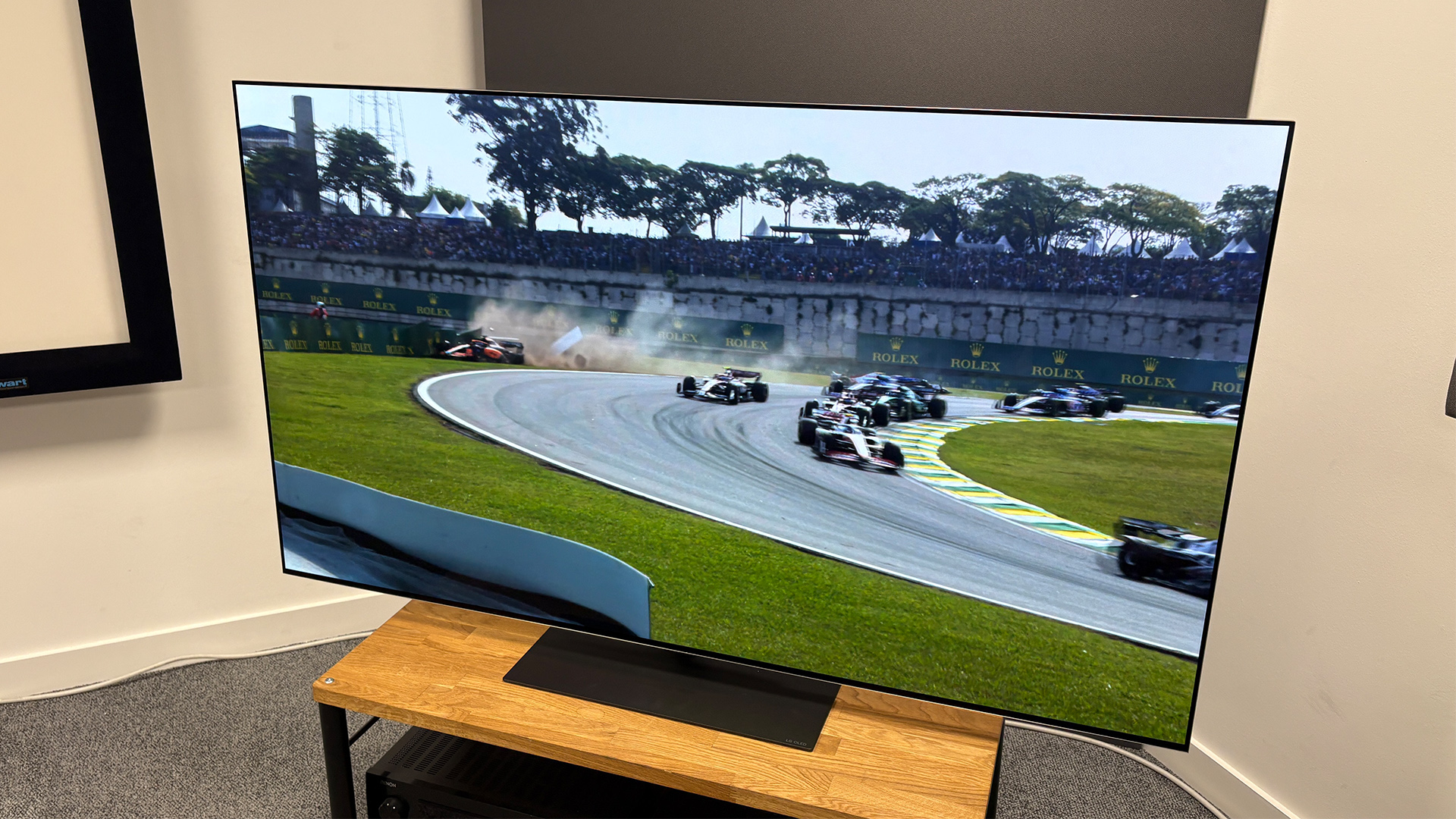
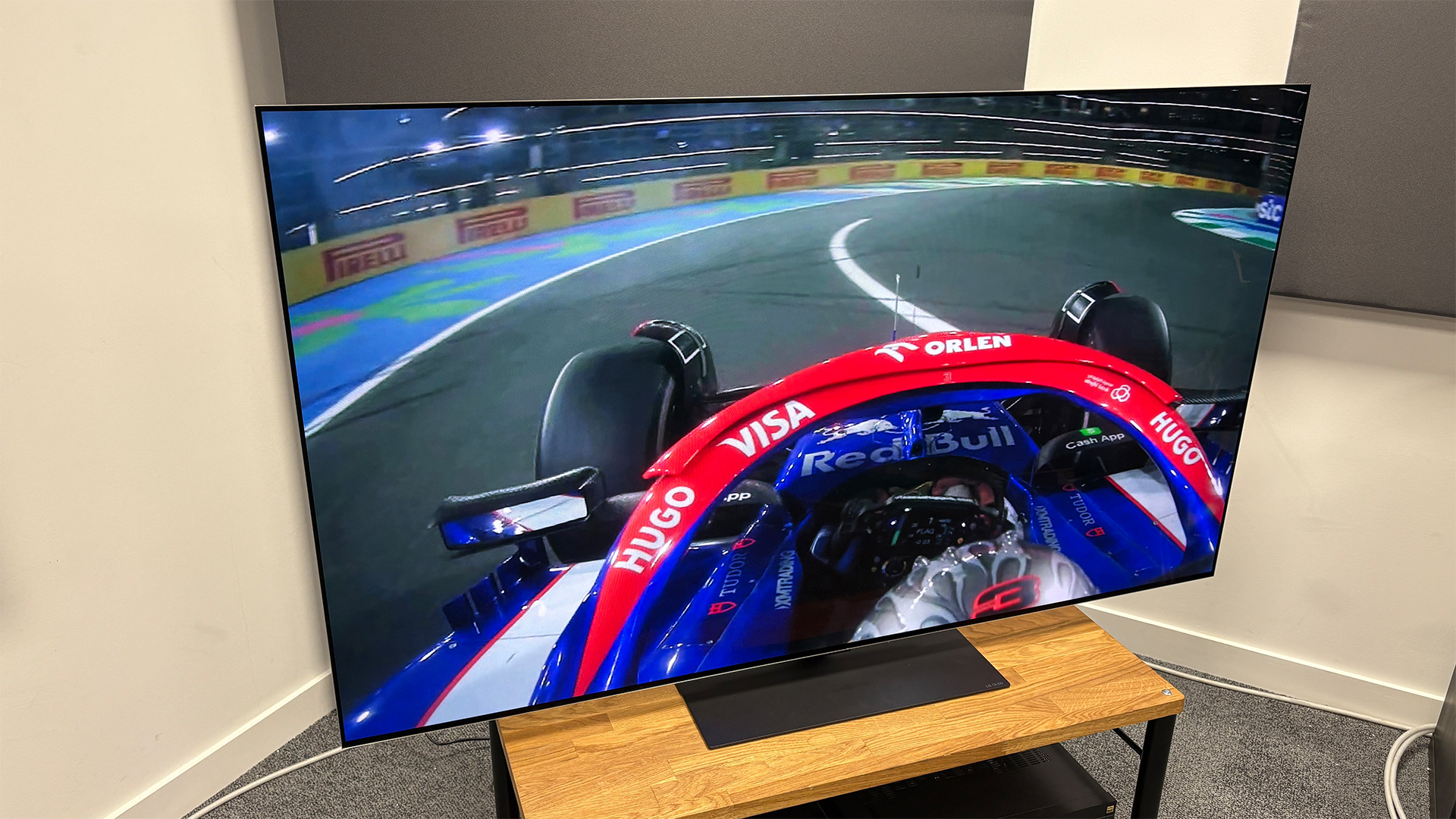
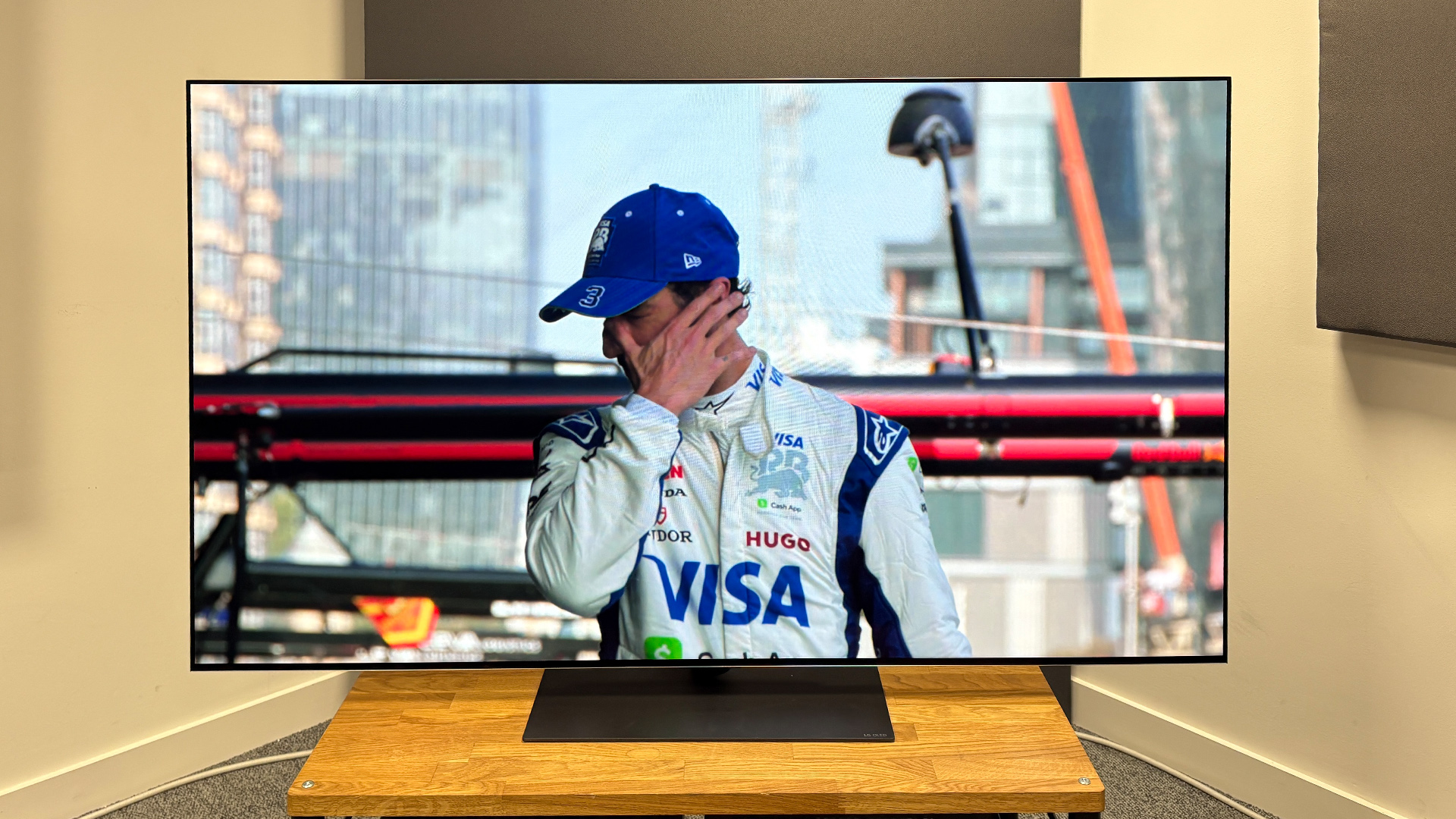
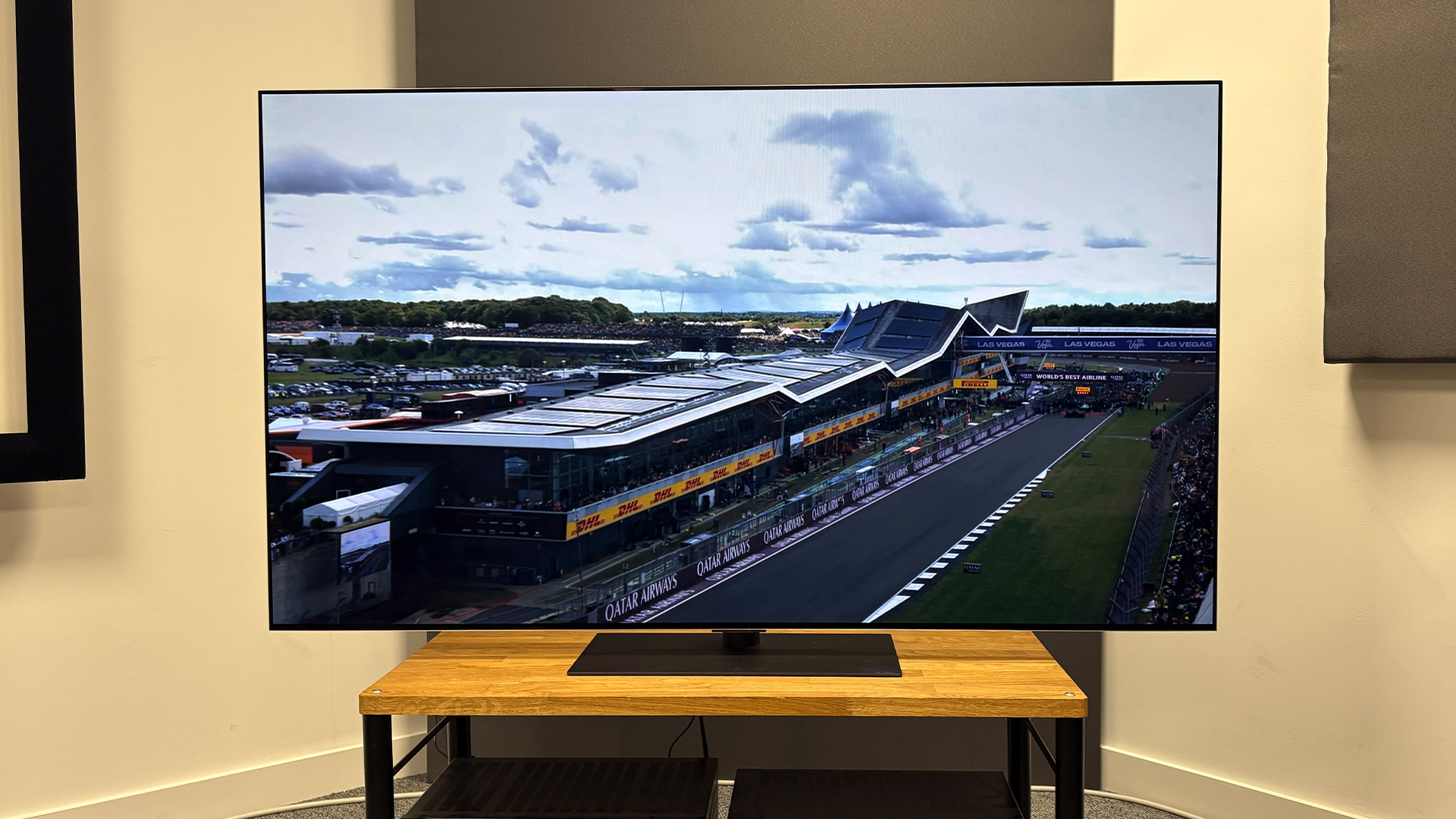
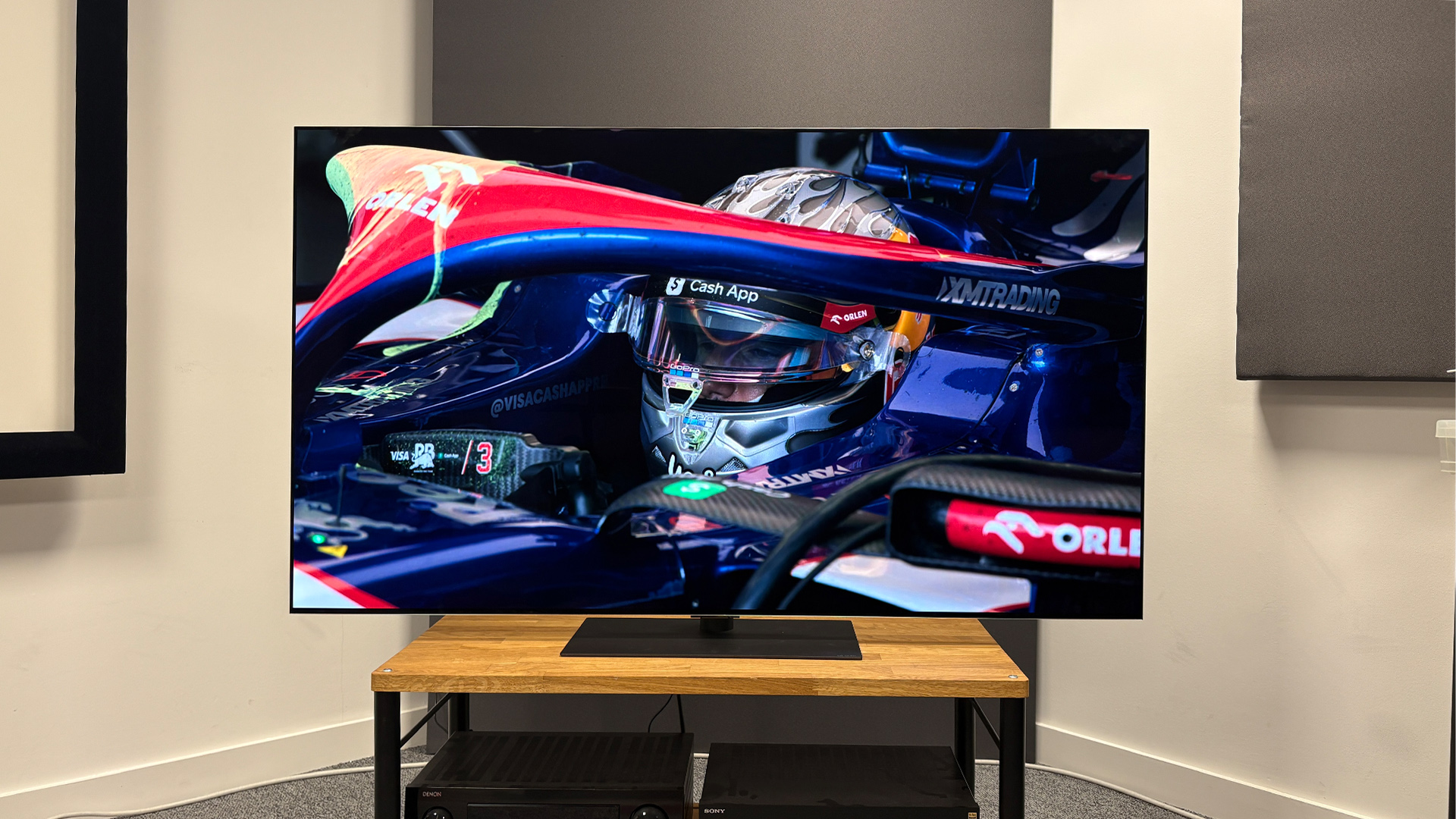

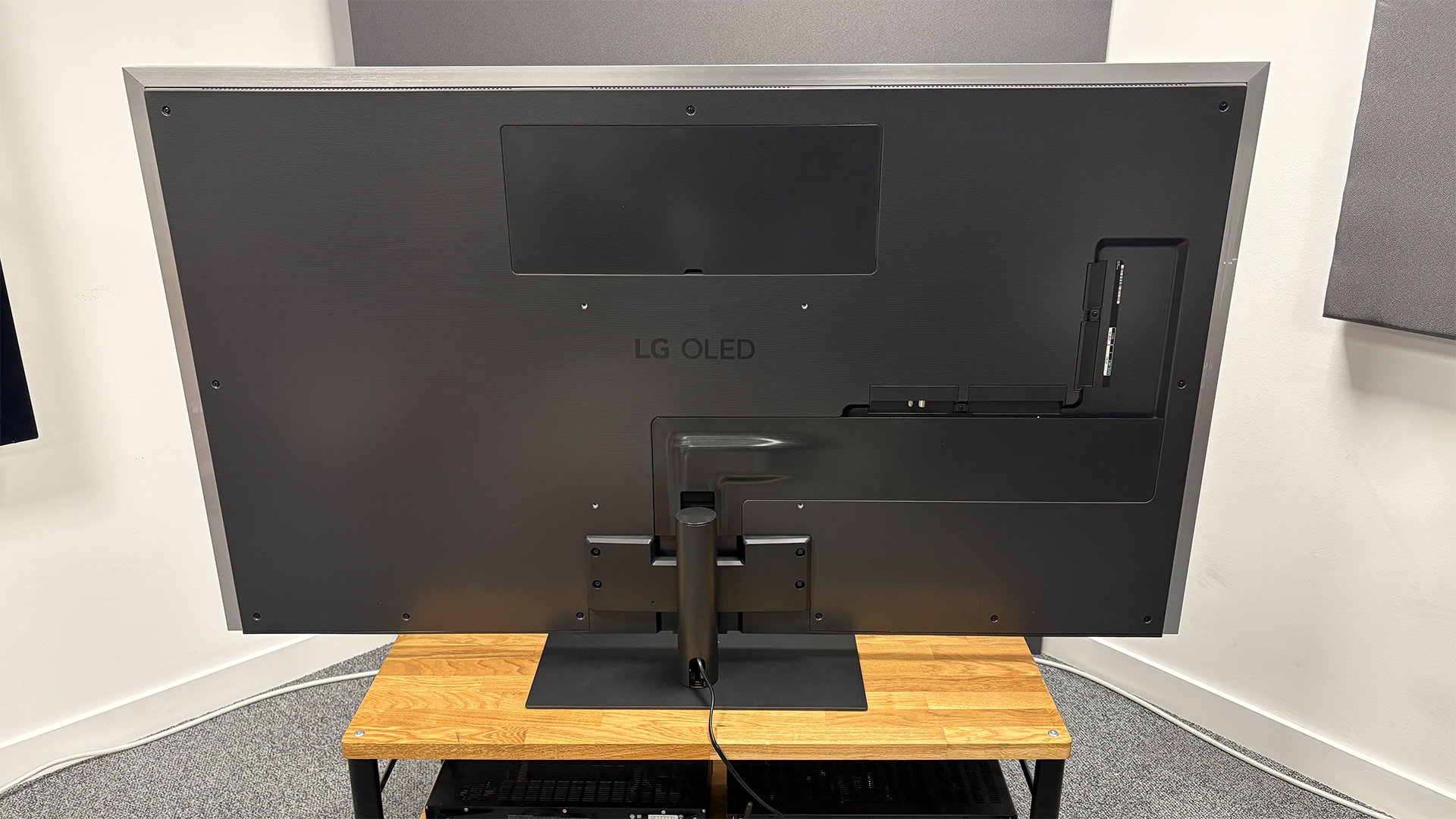
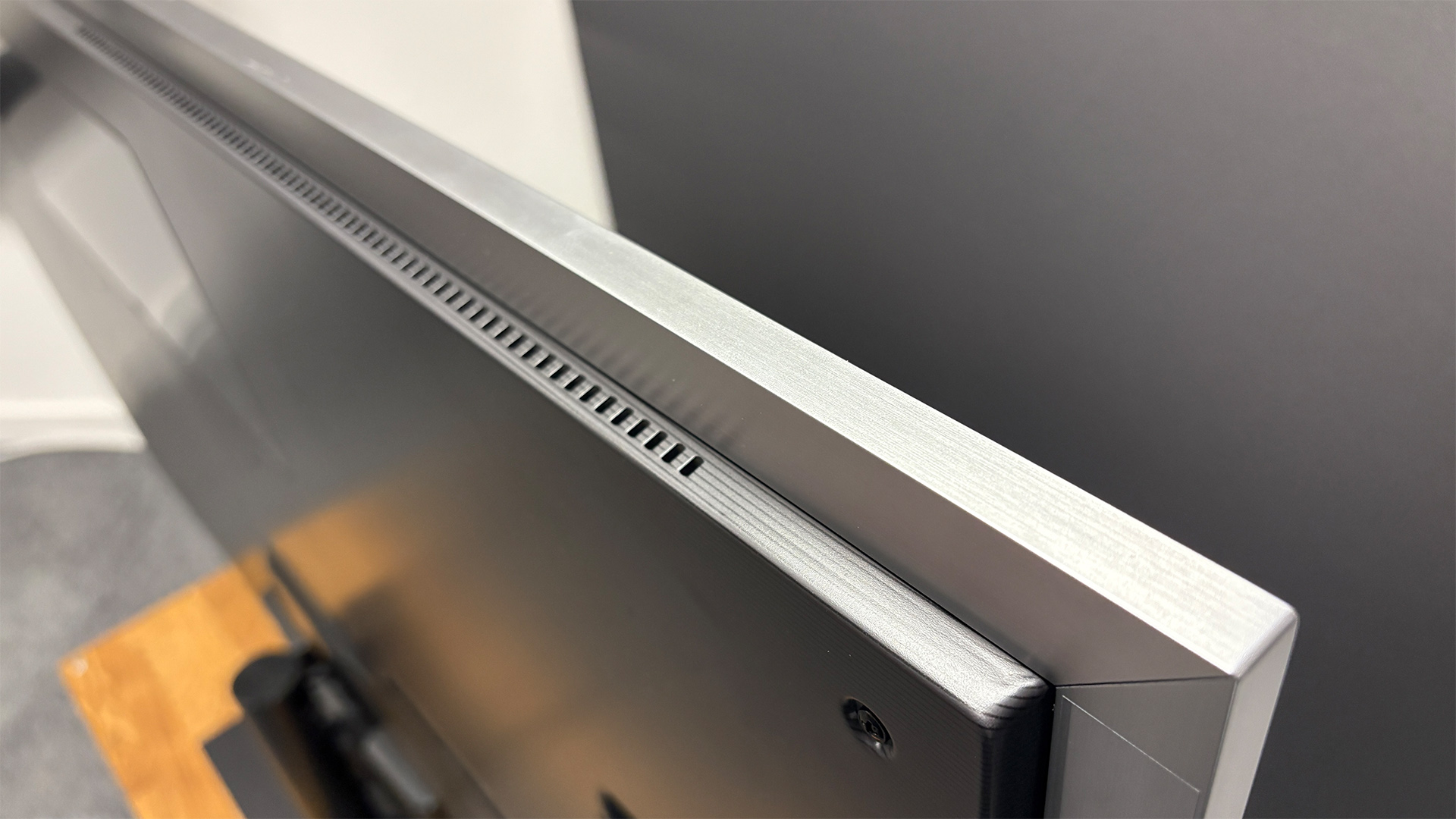
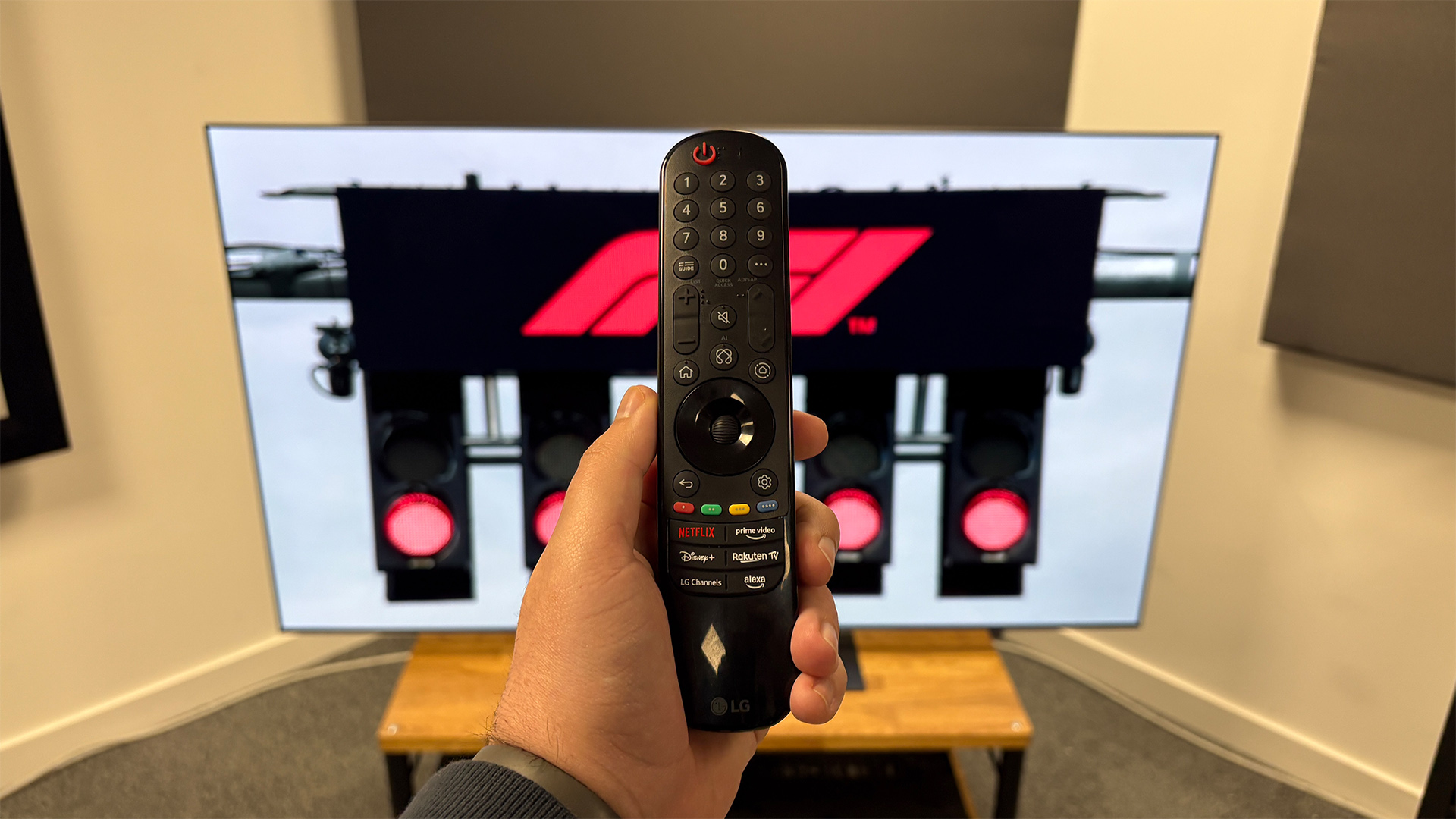
Specifications
Reasons to buy
Reasons to avoid
If you want a top of the line, next generation gaming and movie watching experience and don’t mind paying for it then the 65-inch LG G5 is the set we currently recommend.
Though it costs a premium, it is the most advanced set on this list and the best option for gamers based on our latest testing.
The main reason for this is its use of LG Display’s cutting edge Primary RGB Tandem OLED panel tech. This is the successor to LG Display’s now retired micro lens array (MLA) and a direct competitor to the QD-OLED panel found on its arch-rival, the Sony Bravia 8 II.
It shares a similar goal to its rival, aiming to radically boost the G5’s brightness while also improving colour accuracy and volume, especially during tricky low light scenes.
Does it work? In spades, based on our time reviewing it. During our checks, whether it was playing challenging test discs or streaming moody survival horror games on the Xbox app the unit delivered a dazzling picture full of detail and bright, but accurate, colours.
Add to this its flawless gaming specifications, which include four full speed HDMI 2.1 inputs, Dolby Vision gaming HDR support and the ability to play games at 4K/165Hz and it becomes an easy recommendation. Hence our reviewers’ conclusion:
“It ticks every box we look for in a five-star TV and represents one of the biggest jumps in OLED picture quality since the technology first emerged as a real contender roughly a decade ago.”
Just be warned, its audio is distinctly middling, even by TV standards. You will need to budget for a price appropriate soundbar – we’d recommend the Sonos Arc Ultra – if you want a truly immersive gaming and movie experience.
Read our full LG OLED65G5 review
Attributes | Notes | Rating |
|---|---|---|
Picture | Bright, punchy and responsive | ★★★★★ |
Sound | Middling audio mean we recommend getting a soundbar too | ★★★☆☆ |
Features | Flawless gaming specifications and app support | ★★★★★ |
Best Sony gaming TV
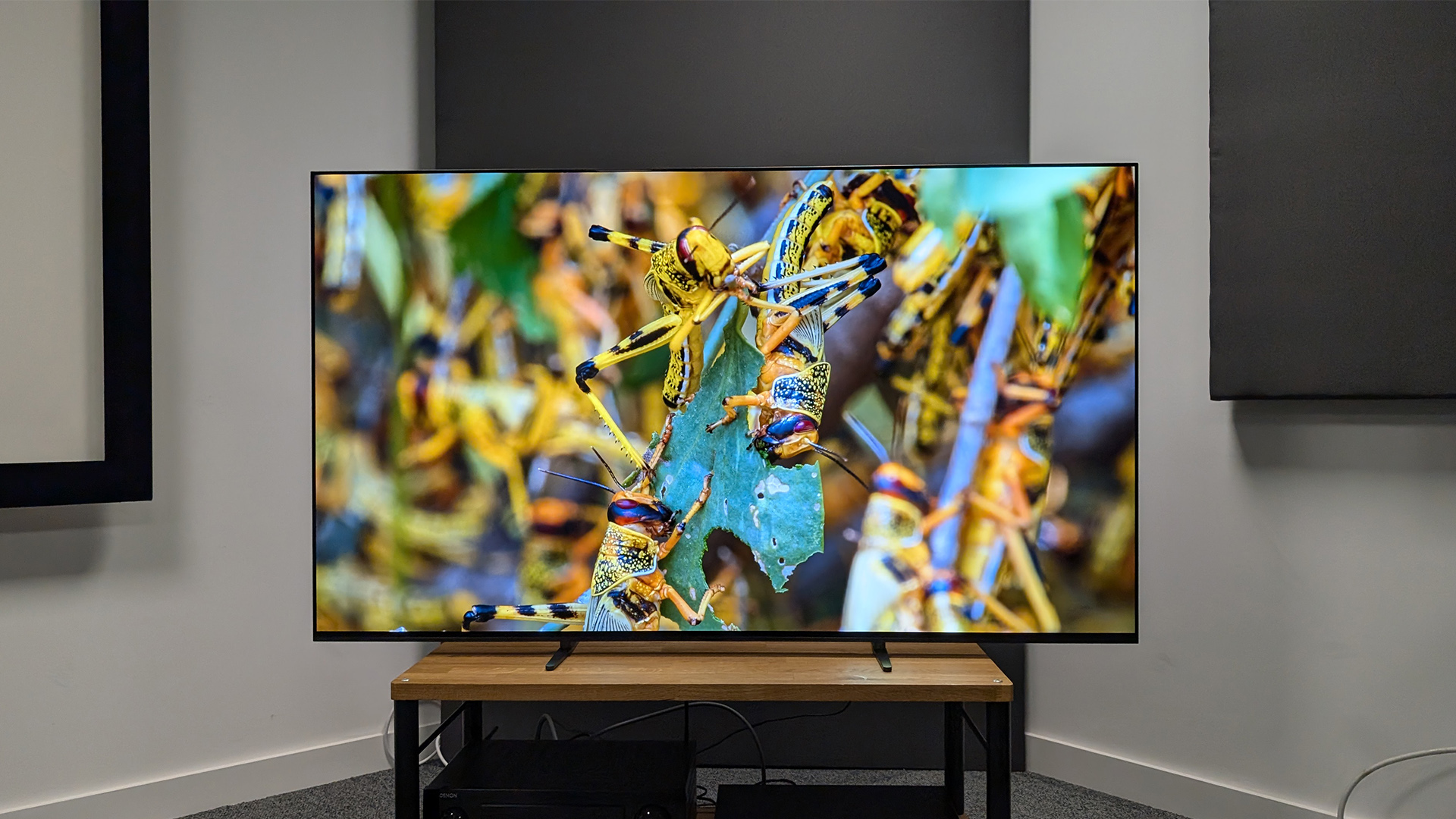
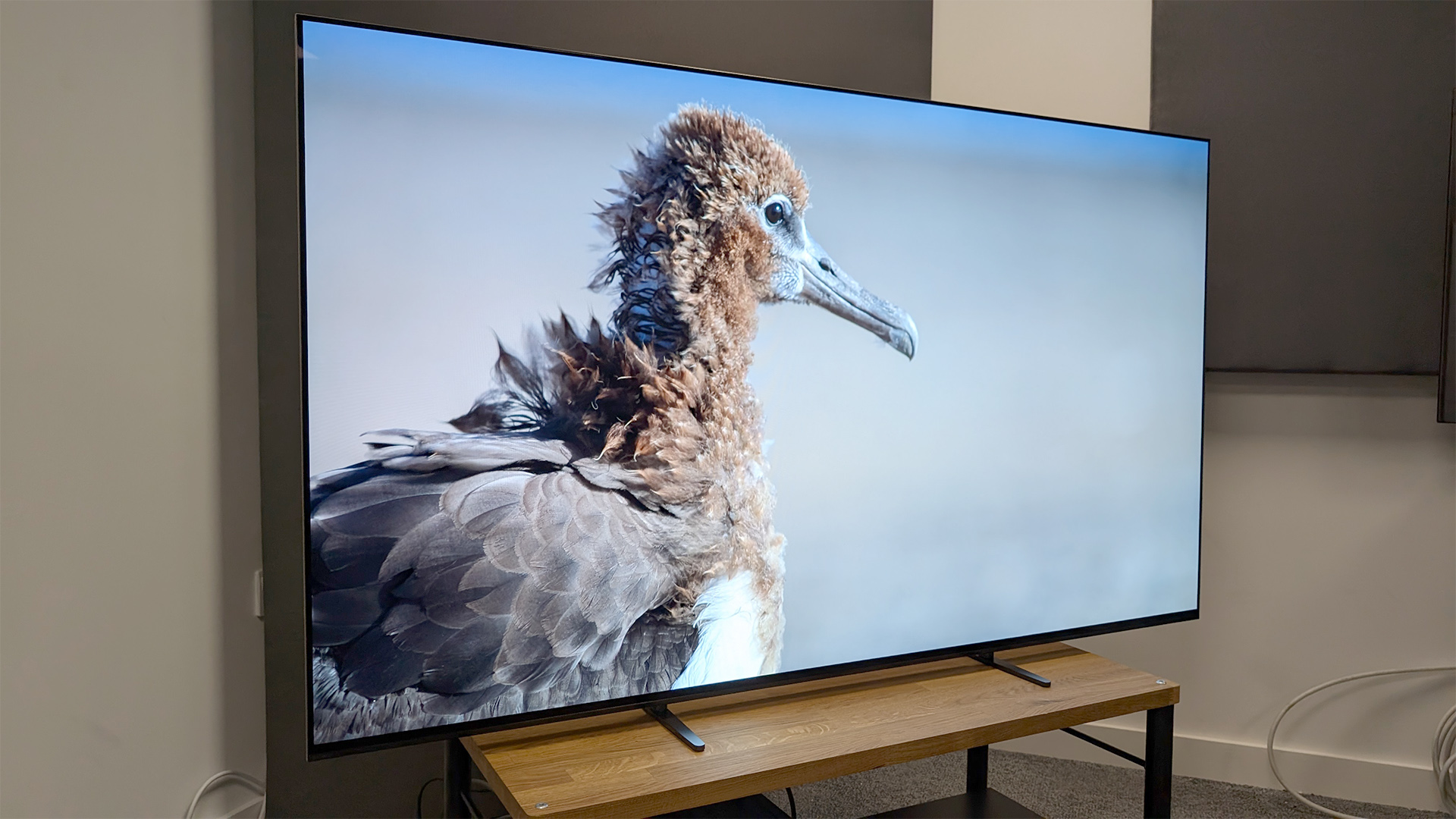
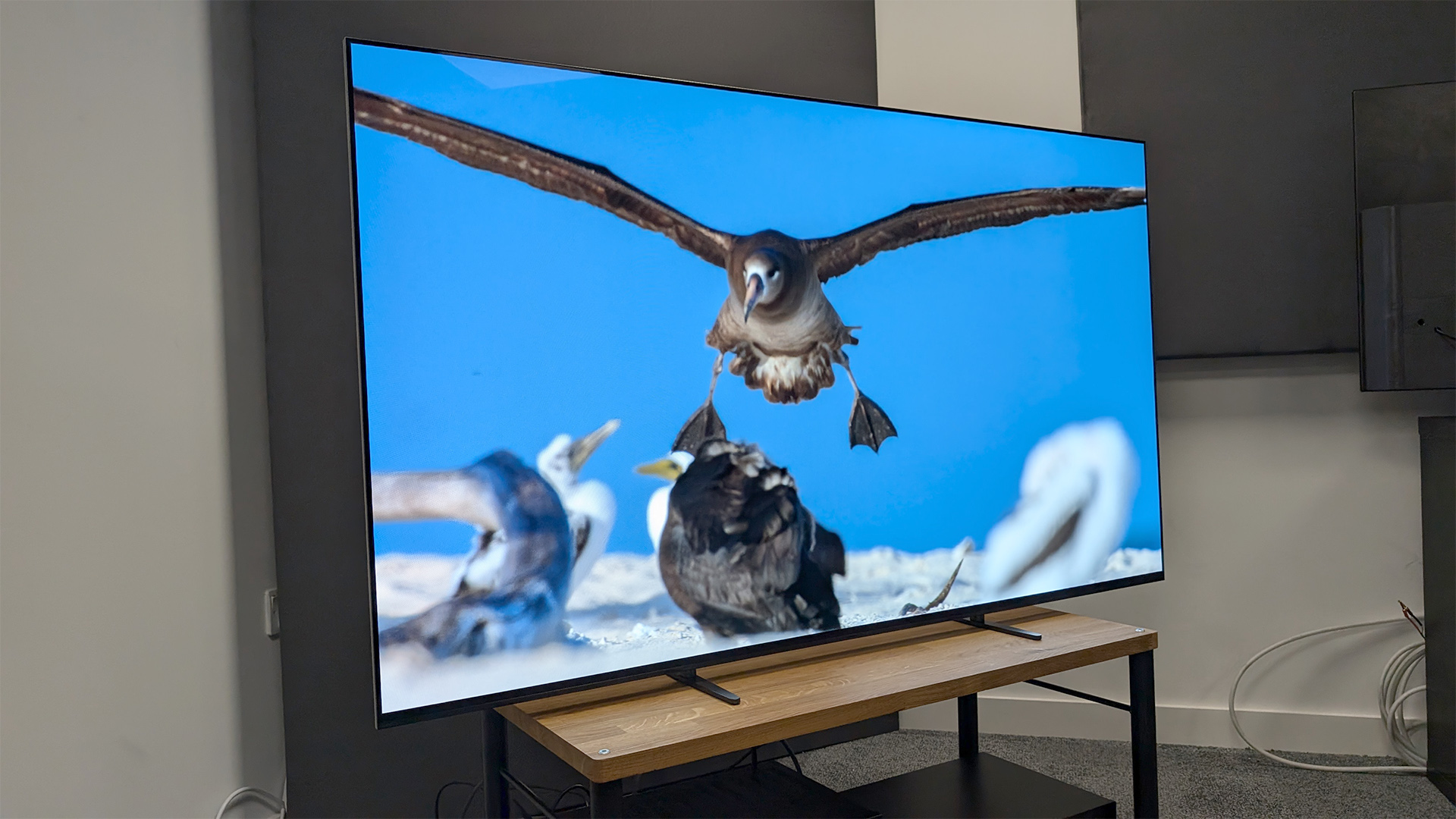
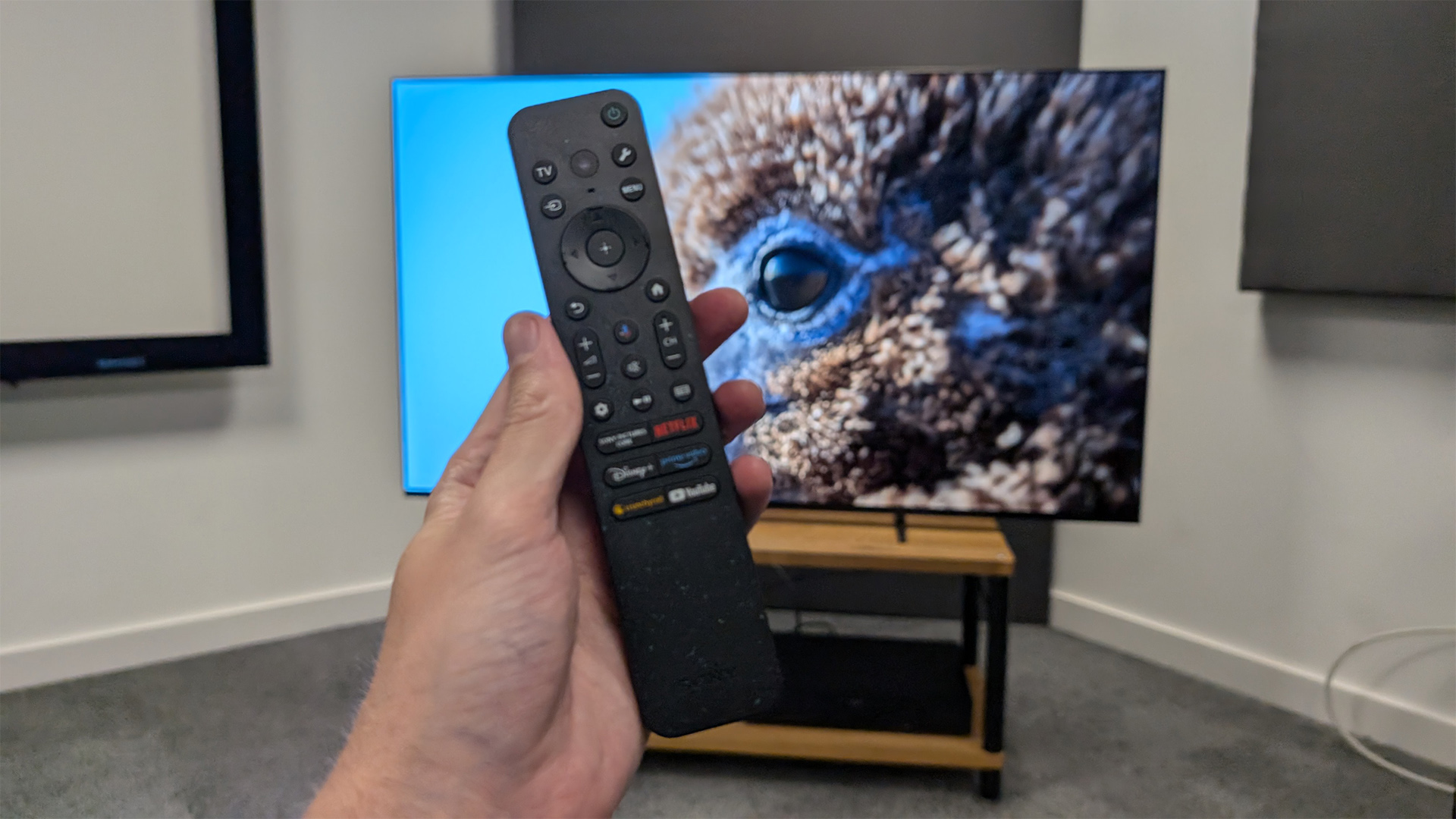
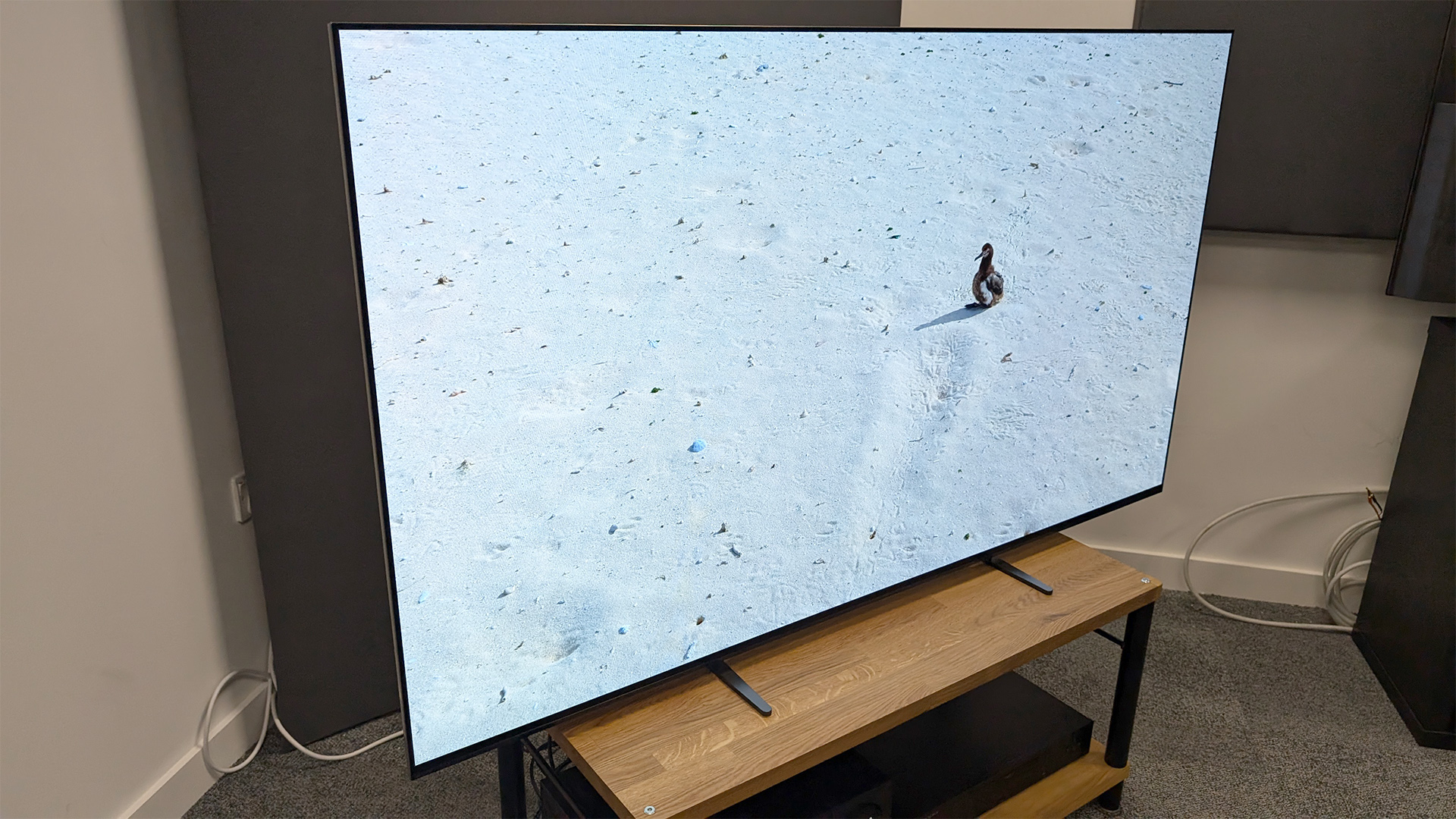
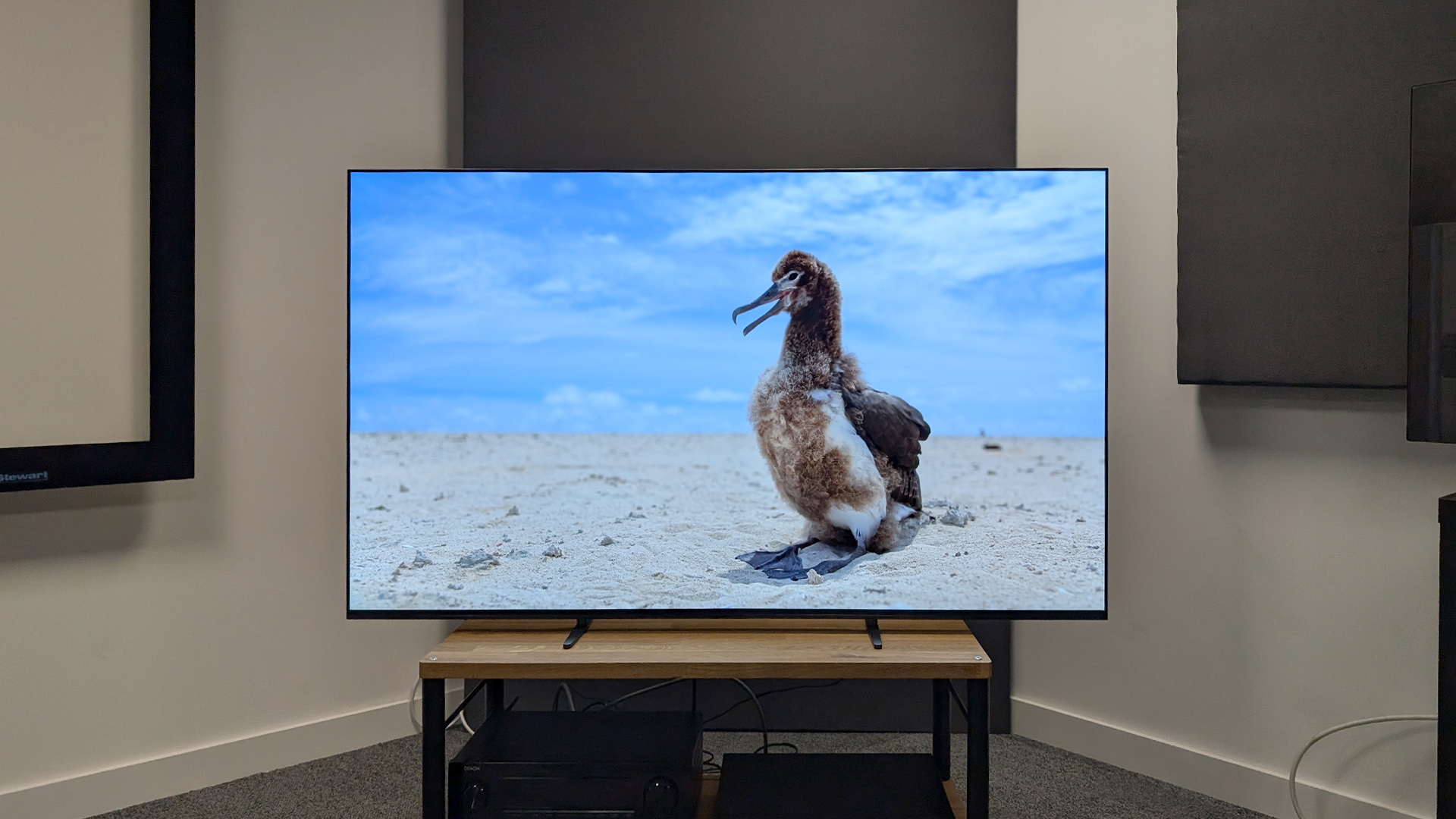

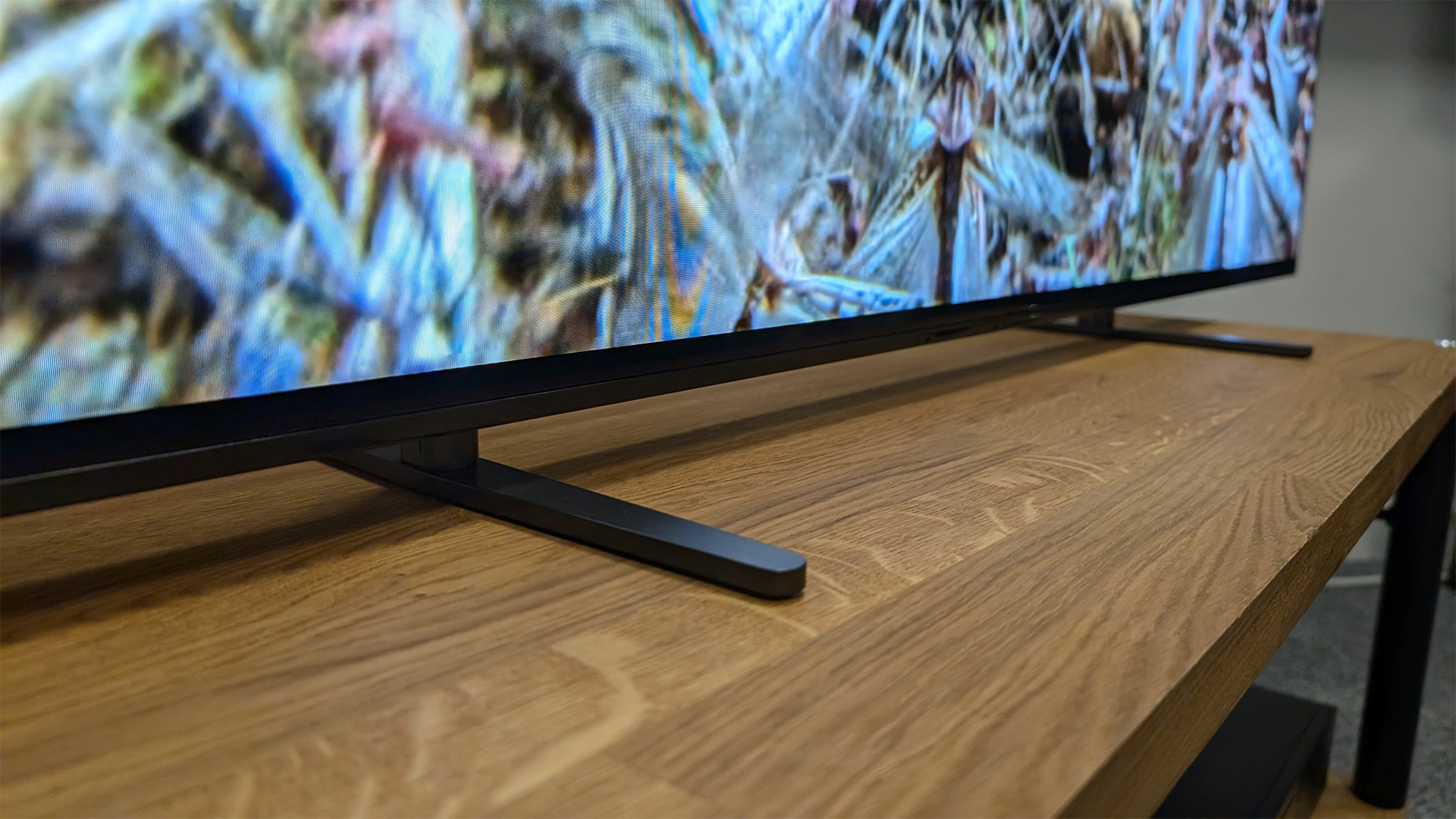

Specifications
Reasons to buy
Reasons to avoid
The Bravia 8 is a TV with big shoes to fill as the successor to the What Hi-Fi? Award-winning Sony A80L from last year. Thankfully, having put it through its paces against its predecessor and archrival, the C4, we can confirm it’s a fantastic gaming TV, especially for PS5 owners.
Featuring a base OLED panel, the key selling points are its stellar picture quality and best in class (by TV speaker standards) audio.
If we were going from a raw picture-performance metric the Bravia 8 would be higher on this list. Whether for the incredible black level detail that will make any horror title shine or the wonderful peak bright segments of our tried and tested Pan test disc, the Bravia 8 delivered an authentic but vibrant and immersive picture that delighted our testers.
The TV’s atypical sound system, which uses Sony’s proprietary Acoustic Surface Audio+, is also the best we’ve experienced on a TV this year. This uses underscreen actuators, rather than traditional speakers, to create a virtual surround sound. During testing we found that, while Sony has undeniably had to sacrifice low-end heft for greater control, the system works a treat, delivering balanced audio with a suitable amount of space between each element of the soundstage.
This lets dialogue sound much better separated and audible over background noise than rival sets. For gamers. It also does a good job of giving the audio a sense of direction, letting our testers better hear where gunfire and the like was coming from on Atmos/surround-sound capable titles.
So why isn’t it higher on the list? That’s because for gamers specifically there are three minor issues that make the C4 holistically better.
First, the Bravia 8 only has two HDMI 2.1 inputs, one of which doubles as an eARC. So if you have two current generation consoles and a Dolby Atmos soundbar, you will have to do a lot of cable swapping – which is especially annoying as it has feet rather than a swivel stand mechanism.
Secondly, unlike the C4, its max refresh rate is 120Hz, rather than 144Hz – though being fair, this will only be a problem for PC gamers.
Third, it isn’t available below 55-inches. So if you want to use it as a PC monitor or in a bedroom or study it’ll likely be too big. But even with these caveats it’s still a fantastic OLED TV and one well worth considering if you’re a Sony fan.
Read the full Sony Bravia 8 review
Attributes | Notes | Rating |
|---|---|---|
Picture | Wonderfully immersive | ★★★★★ |
Sound | Impressively atmospheric sound | ★★★★★ |
Features | Good, but not best in class for gamers | ★★★★☆ |
Best Samsung gaming TV

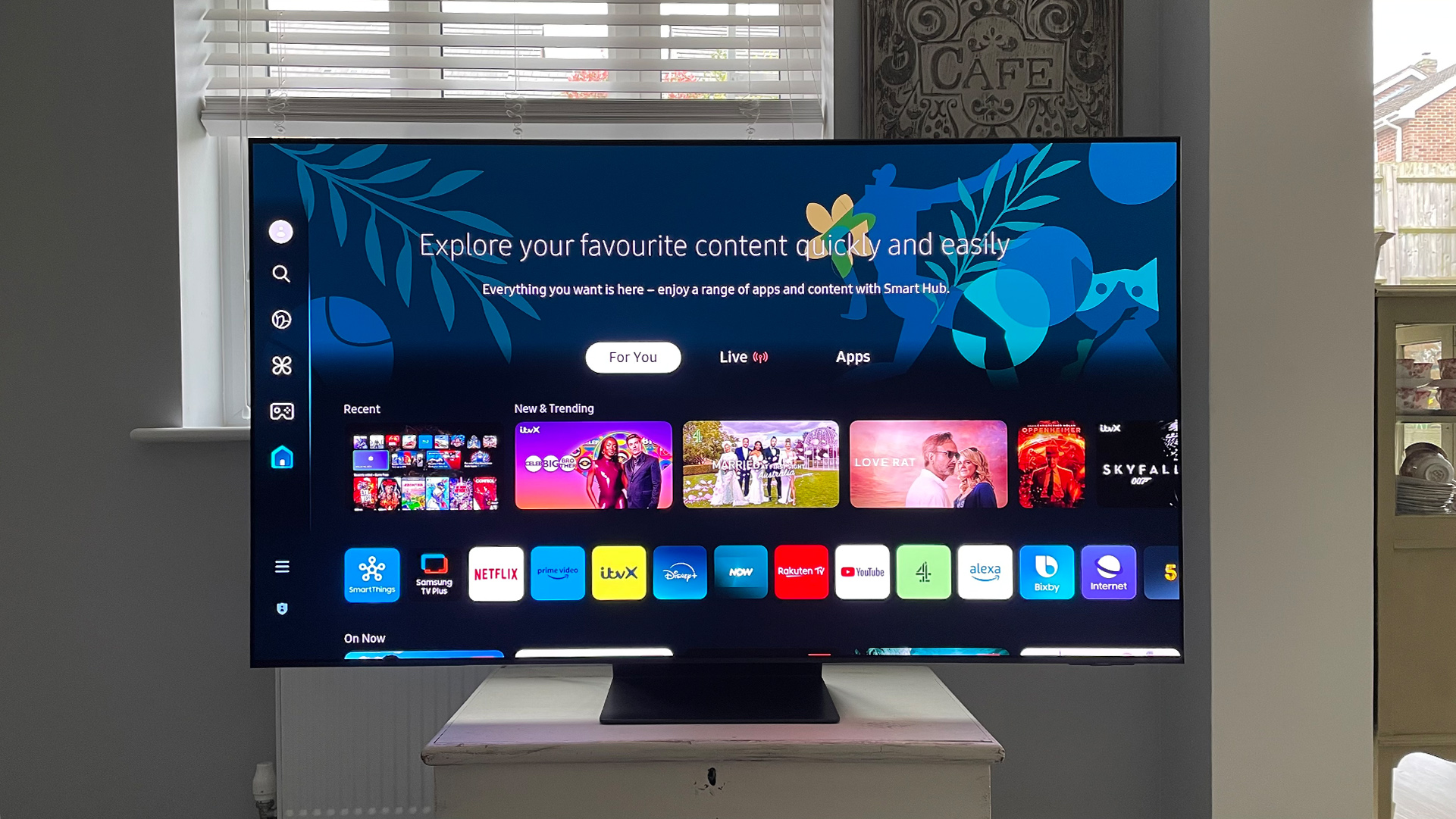

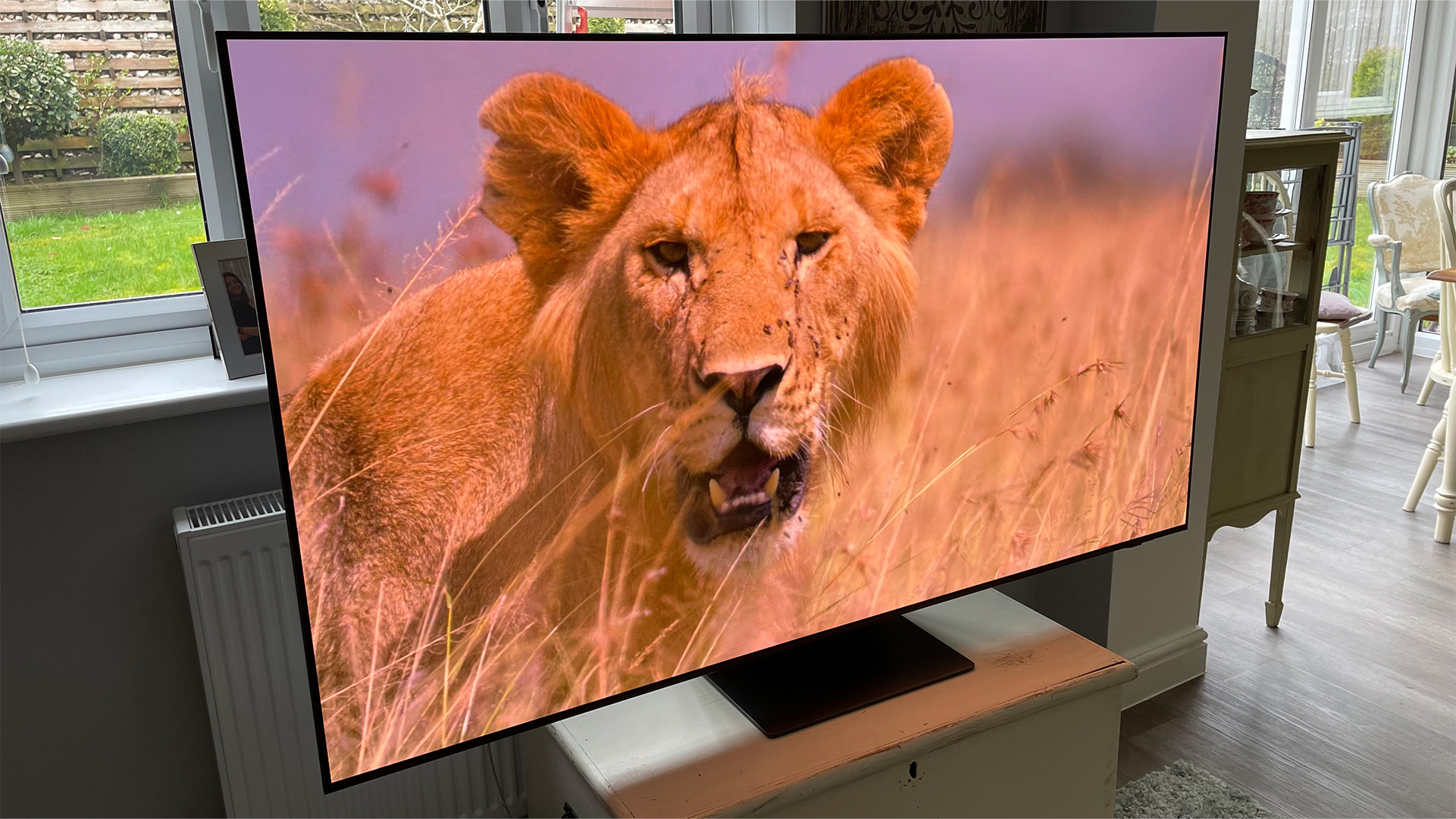
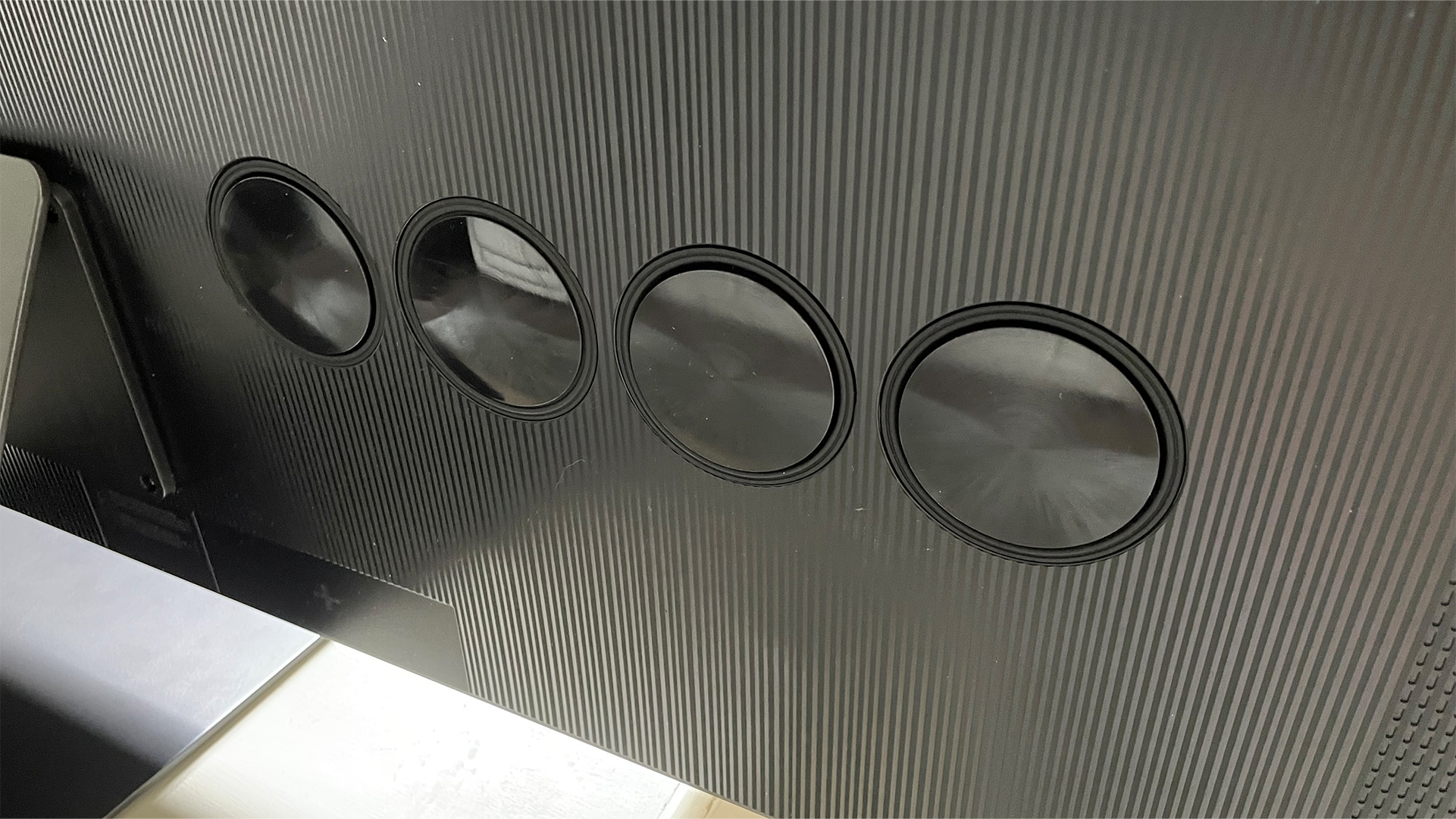
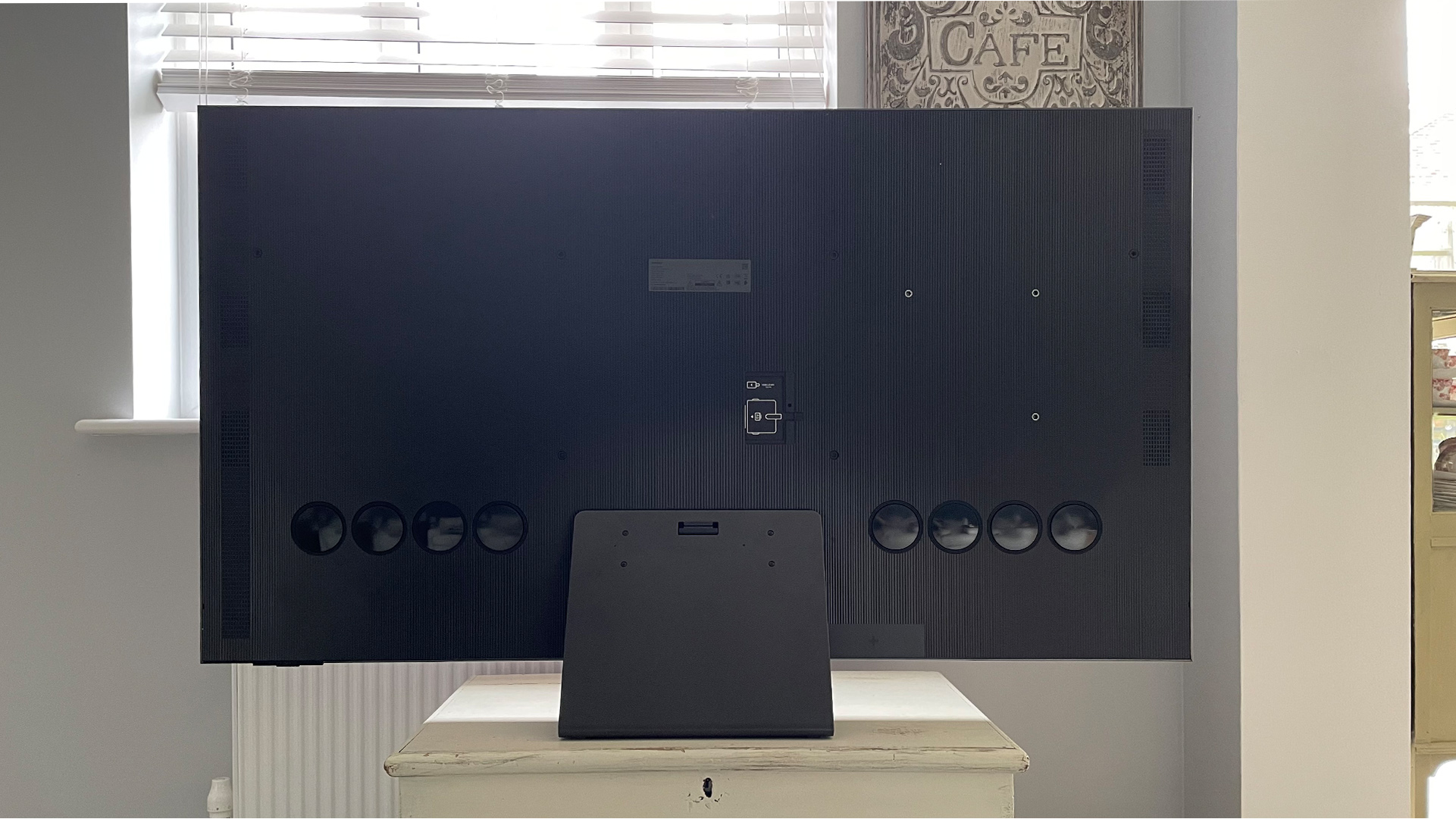
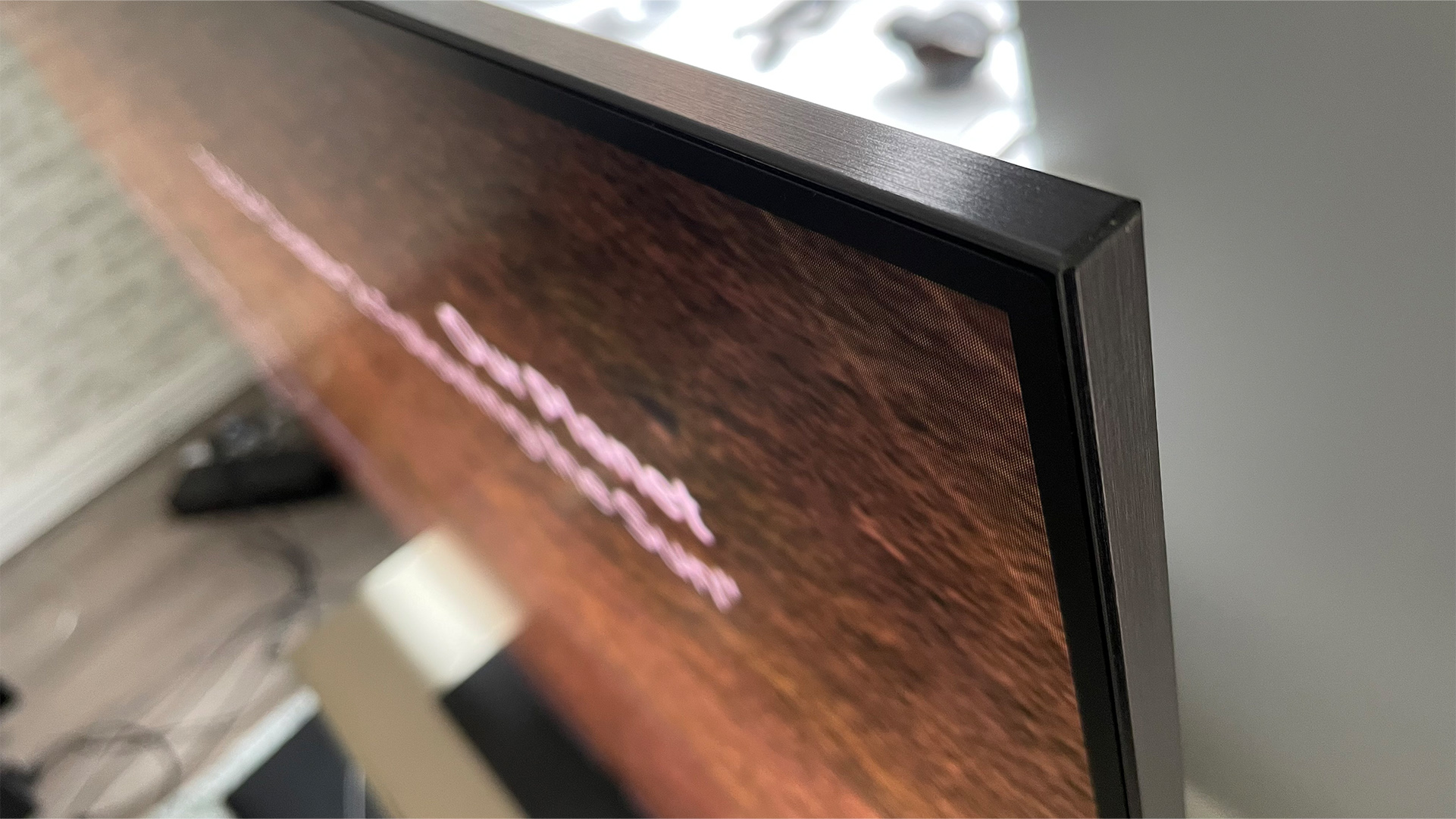
The Samsung S95D is the tech giant’s latest flagship QD-OLED set, and based on our testing one of its finest to date, especially for gamers.
The TV is the third set from Samsung to feature brightness boosting QD-OLED tech. This is a combination of Samsung’s own Quantum Dot tech and OLED – the latter being something Samsung shunned for years as the panels are made by rival LG Display.
Putting it through its paces in our viewing rooms against key sets, including the MLA-equipped Philips OLED909 and Award-winning Sony A95L, which also features QD-OLED, it proved to be the best Samsung TV we’ve seen in years.
For your money you get a bright picture, full of Samsung’s signature “punchy” colour profile and tuning, but with an added layer of refinement. Across every test disc and game we threw at it the S95D delivered phenomenal levels of brightness, contrast and colour. But the main reason it’s on this list is its excellent gaming support.
For starters, it’s the only non-LG OLED on this list to feature four full fat HDMI 2.1 ports, which makes it a valid option for people with multiple consoles, PCs and Dolby Atmos sound systems – which require all connectivity to go at full speed.
Then there’s its 144Hz max refresh rate, ALLM, VRR and robust gaming bar shortcut – which makes it quick and easy to adjust picture and audio settings on the fly while playing. Add to this the super low input lag we detected, which is a boon if you play online where every second counts, and it becomes an easy recommendation.
The only reason it doesn’t feature slightly higher on this list is the lack of Dolby Vision Gaming HDR support, which makes it less attractive than its LG rivals for Xbox Series X/S gamers. Microsoft’s new consoles both support the standard – and trust us, it makes any compatible game look oh-so-much better when implemented well.
Read the full Samsung QE65S95D review
Attributes | Notes | Rating |
|---|---|---|
Picture | The best we've seen on a Samsung | ★★★★★ |
Sound | Good, but some fuzz during bassy scenes | ★★★☆☆ |
Features | Excellent gaming support | ★★★★★ |
Also consider
LG C5
The LG C5 is the replacement for the C4 at the top of this page. It's an even better TV, with a brighter, punchier picture and even better colour reproduction, and the gaming specs are just as impressive. However, because it's brand new, the C5 is currently very expensive, so we're still recommending the C4 over it – for now.
Amazon Fire TV Omni QLED (50-inch)
If you’re on a very strict budget that can’t stretch into Mini LED territory, then the 50-inch Amazon Fire TV Omni QLED is worth considering. Though its refresh rate caps at 60Hz, the inclusion of VRR support is atypical on a TV at this price. During our tests, though not perfect, this makes it the best gaming TV at this sort of level.
Sony Bravia 9
If you want a super-premium gaming experience but don't fancy an OLED, the Bravia 9 could be the TV for you. It goes significantly brighter than even the best OLEDs, particularly when said brightness is screen-filling (a big explosion, perhaps), and it has two HDMI 2.1 sockets that support all of the latest gaming features.
Philips OLED809
If the LG C4 doesn't quite tick all your boxes and you only have one console to connect, we'd recommend checking out Philips 2024 step down OLED (if you're in the UK or Europe). It has the same 144Hz refresh rate, a useful game bar and the firm's custom Ambilight bias lighting. The latter will delight any RGB fan...
How to choose the best gaming TV
Which gaming features you need to look out for depend a little on which of the current-gen consoles you plan to plug into your TV.
Both the Xbox Series X and PS5 support 4K/120Hz gaming, which translates to smoother graphics at full resolution, while that’s also boosted by the presence of Variable Refresh Rate (VRR), which matches the TV's refresh rate to the frame rate being output by the console in real-time. Auto Low Latency Mode (ALLM) is simpler: it just means that the TV will automatically switch to its 'game mode' to reduce input lag when it senses a game signal from your console, while HGiG generally results in a more accurate HDR picture with deeper blacks and more detailed highlights. Only the Xbox has Dolby Vision gaming, so if you own a PS5 you don’t need to worry about that one.
None of these are essential features, but they will help your games to look as polished as possible, so choosing a TV that also supports them is wise if you’re going to be using it to play a lot of games.
Whether all of these standards are fully supported also depends on which HDMI port you use. They require the extra bandwidth offered by HDMI 2.1, so if you’ve got more than one games machine to connect to your TV, make sure it has enough suitably-specced HDMI sockets for all your gear – and bear in mind that one of them will probably be taken up by your soundbar.
Things get a bit more complicated if you’re a PC gamer. Many of the technologies mentioned above are supported by some graphics cards but you also have even higher refresh rates, custom resolutions and ultra-widescreen ratios to consider, which is why many PC gamers prefer monitors to TVs. This guide is primarily aimed at current-gen console gamers.
With all consoles you should be looking for a TV with low input lag, which dictates how long it takes for your button presses to be reflected as on-screen actions. Lower is better, but anything below 40ms will be imperceptible to almost all gamers, and 20ms or less is lightning-fast.
Finally, but very importantly, you also want a TV with excellent core picture quality: sharp, bright, with excellent blacks and vibrant, accurate colours. Arguably, those elements are more important than the specs mentioned above, which should really be considered the icing on the cake.
How we test gaming TVs
To put it plainly, manufacturers aren't always as honest or forthcoming about gaming specs as they might be, so we ensure that we test every TV to find out whether it supports the next-gen specs we're looking for and whether it does so properly and effectively. We also measure input lag ourselves and don't simply reprint the figure given by the manufacturer.
But specs only tell half the story, so we also test each TV's real-life performance with a number of games from a number of genres, on both the Xbox Series X and the PS5. Here, we're not only making sure that the TV lives up to its spec sheet, but also that it delivers the core picture quality we're looking for, from sharpness to responsiveness, contrast to colour vibrancy.
For example, it needs to have the punch and saturation to do justice to brighter, flashier games such as Astro's Playroom, but also a natural balance that doesn't oversaturate tonally subtler blockbusters such as Elden Ring.
We're also testing the sound here: while most gamers will (and should) connect their TV to a dedicated sound system (such as a soundbar) or their console to a gaming headset, there are those who will rely on the in-built speakers, so we need to ensure those deliver a clear, spacious and engaging sound.
All of our testing is comparative, so every gaming TV is compared side-by-side with the best 4K TV for gaming at its size and price, and every test we conduct is collaborative, so no one member of the What Hi-Fi? team rates a product in isolation. The end result is a completely unbiased, exhaustively thorough review.
Gaming TV FAQ
Do you need HDMI 2.1 to game?
If you have a current generation PS5, Xbox Series X/S games console or gaming PC with a modern GPU, you’ll need an HDMI 2.1 input to take full advantage of their next-generation features. The biggest of these is the ability to play games at high refresh rates. But to do this the TV will also need a high refresh rate panel. Traditionally TVs have been locked to 60Hz, but since the latest consoles from Sony and Microsoft launched, many sets can now go up to 120Hz. The benefit of this is that it lets games run at higher frame rates, making animations smoother and games generally feel more reactive by reducing the delay between each new frame/image being shown. The downside is that outside of LG and some Samsung TVs, most sets only have two HDMI 2.1 sockets, one of which doubles as an eARC input. This means you can’t have more than one current generation console connected alongside an Atmos speaker system or soundbar as the latter requires eARC to run.
Is OLED or LED better for gaming?
OLED TVs are a common sight at the top end of the market, and as a result, they are more likely to have all the features and connectivity you need to take full advantage of the PS5 or Xbox Series X/S’ features – though this is not a given, especially if you’re buying a refurbished older model. But that doesn’t mean an OLED TV is always going to be better than a competing LED-backlit LCD in every area. The caveats here are largely the same as OLED vs LCD in general. OLED offers deeper blacks due to the way it charges individual pixels, as opposed to a full backlight, to create images. But we’ve seen plenty of great LCD sets pass through our labs that deliver better value for money and beat OLEDs in certain areas, like audio performance and max brightness. This is why you should always do your research, even when paying top-dollar for an OLED set.
Is input lag a problem on gaming TVs?
Input lag (sometimes also referred to as input latency) is a key annoyance that can ruin any gaming experience, especially ones where reaction time is key. The term refers to the amount of time that passes between an electrical signal being sent and the corresponding action being enacted. In the case of gaming, this refers to the delay between you enacting a command on your gamepad and it playing out on screen. Having checked TV input lag times for many years, while they have improved, it can still be a problem on certain sets – which is why we still test for it whenever we review a TV.
Should I get an 8K TV for gaming?
Both the PS5 and Xbox Series X can handle 8K in theory, but neither has the feature enabled at this point, and Sony has even removed the logo from the PS5’s packaging. The current focus is more on higher frame rates, with higher resolutions potentially coming later. Even then, native 8K gaming seems unlikely. It's broadly agreed that neither console has the processing power to run blockbuster games at that resolution, so there’s no real argument for buying an 8K TV now. Such sets will likely be much, much more affordable by the time 8K gaming becomes a serious concern – assuming it ever does.
Recent updates
- 28th July 2025
42-inch LG C4 copy rewritten to reflect how it compares to the newer C5 and the LG G5 added as the best premium gaming TV. - 11th March 2025
Removed the TCL C845K due to lack of availability and added the TCL P755K. Also removed the TCL C745K from the 'also consider' section and added the Sony Bravia 9 and LG C5. - 24th September 2024
LG C4, LG G4, Sony Bravia 8 and Samsung S95D added as entries. - 25th July 2024
Simplified the how to choose section and added a new entry about 8K to the FAQ. - 25th June 2024
Added the LG C4 as 'best 2024 gaming TV' and the LG G4 and Samsung S95D as 'also considers'. - 13th March 2024
Updated to feature Also Consider, FAQ sections and updated entries referencing new reviews.
- Looking for more of an all-rounder? These are the best TVs currently available
- Here are the best cheap TVs for those on a tight budget
- Best gaming TV deals: big discounts on 120Hz TVs for PS5 and Xbox Series X
- If you're still torn on which console to buy, check out our PS5 vs Xbox Series X shootout
The latest hi-fi, home cinema and tech news, reviews, buying advice and deals, direct to your inbox.
Tom Parsons has been writing about TV, AV and hi-fi products (not to mention plenty of other 'gadgets' and even cars) for over 15 years. He began his career as What Hi-Fi?'s Staff Writer and is now the TV and AV Editor. In between, he worked as Reviews Editor and then Deputy Editor at Stuff, and over the years has had his work featured in publications such as T3, The Telegraph and Louder. He's also appeared on BBC News, BBC World Service, BBC Radio 4 and Sky Swipe. In his spare time Tom is a runner and gamer.
